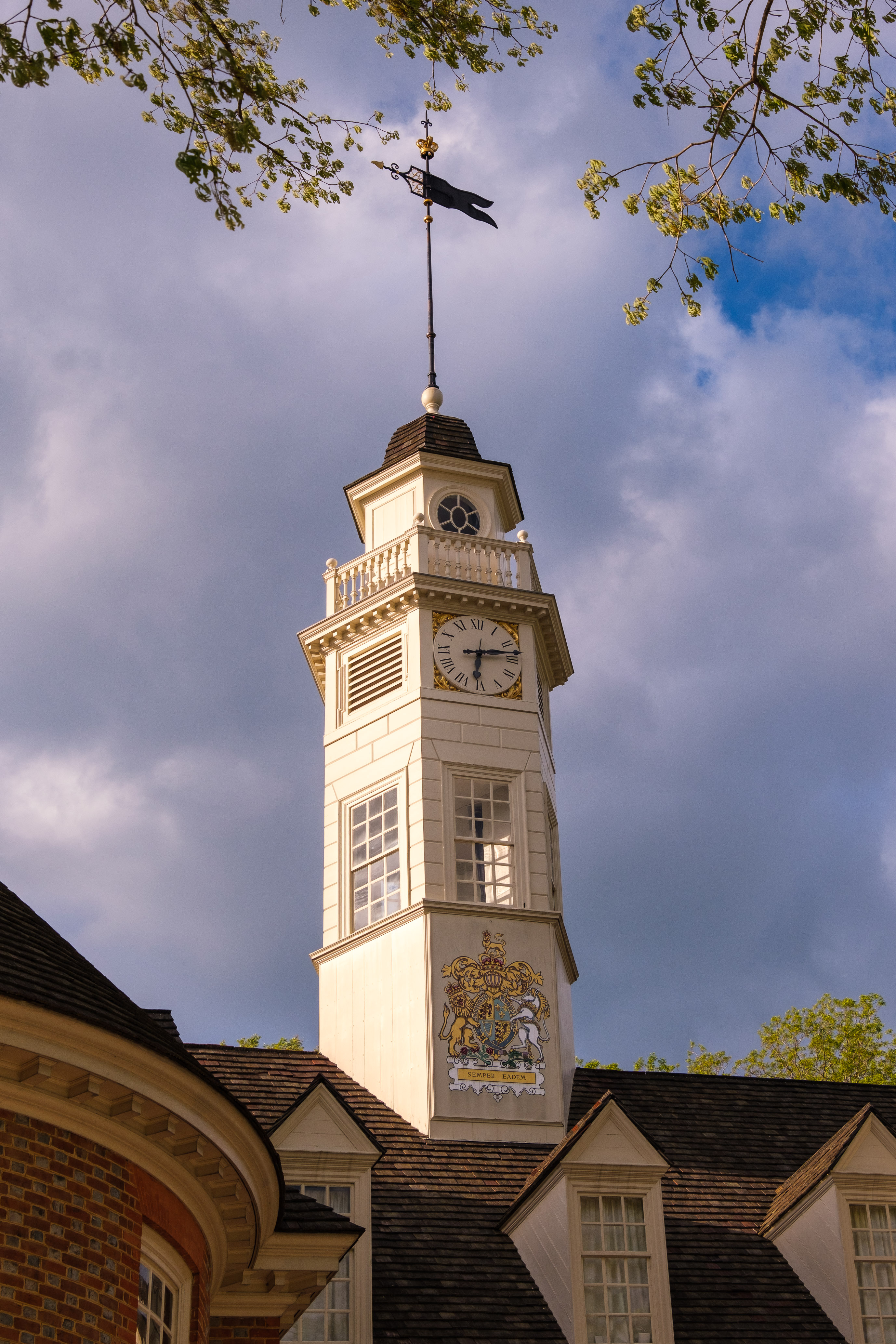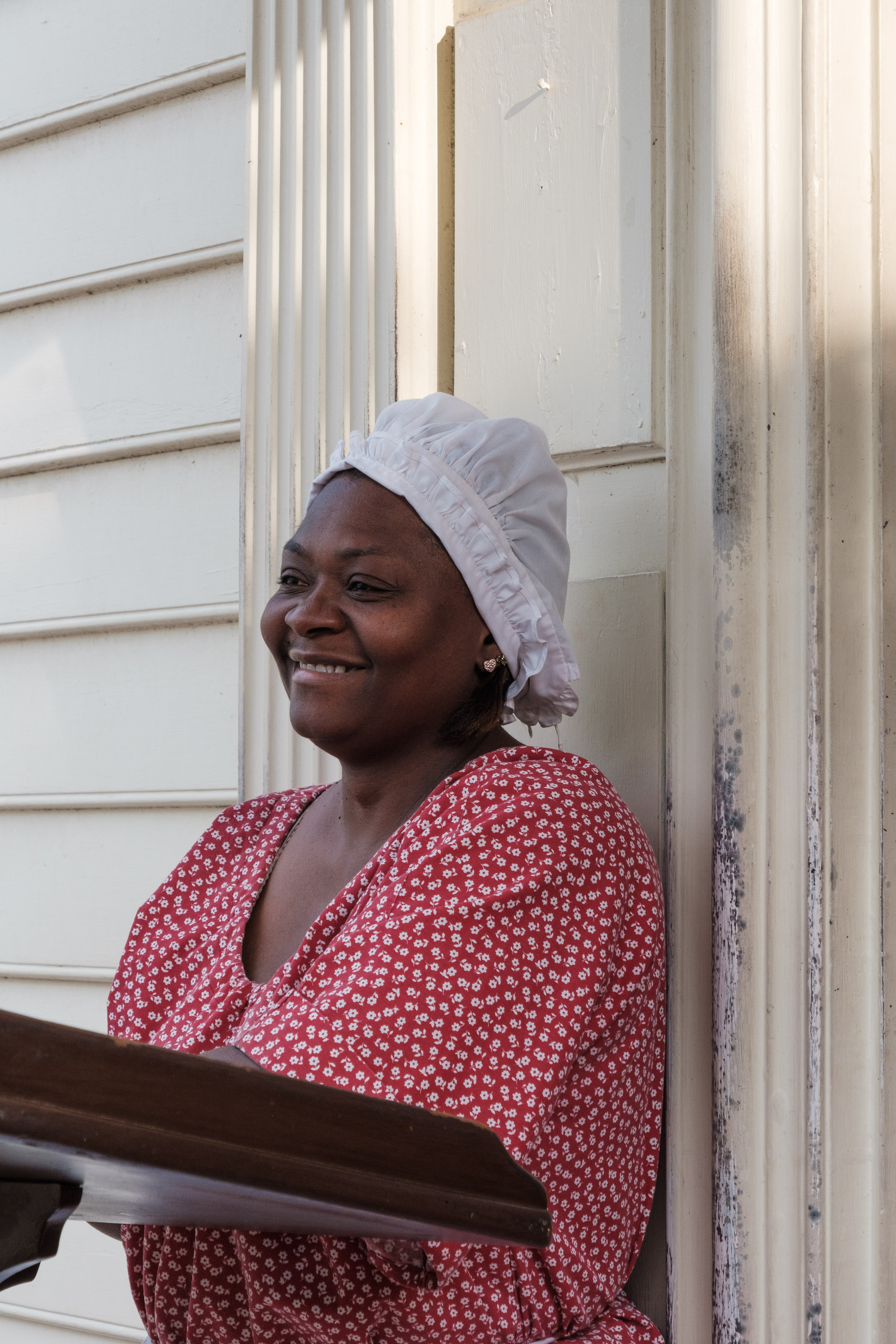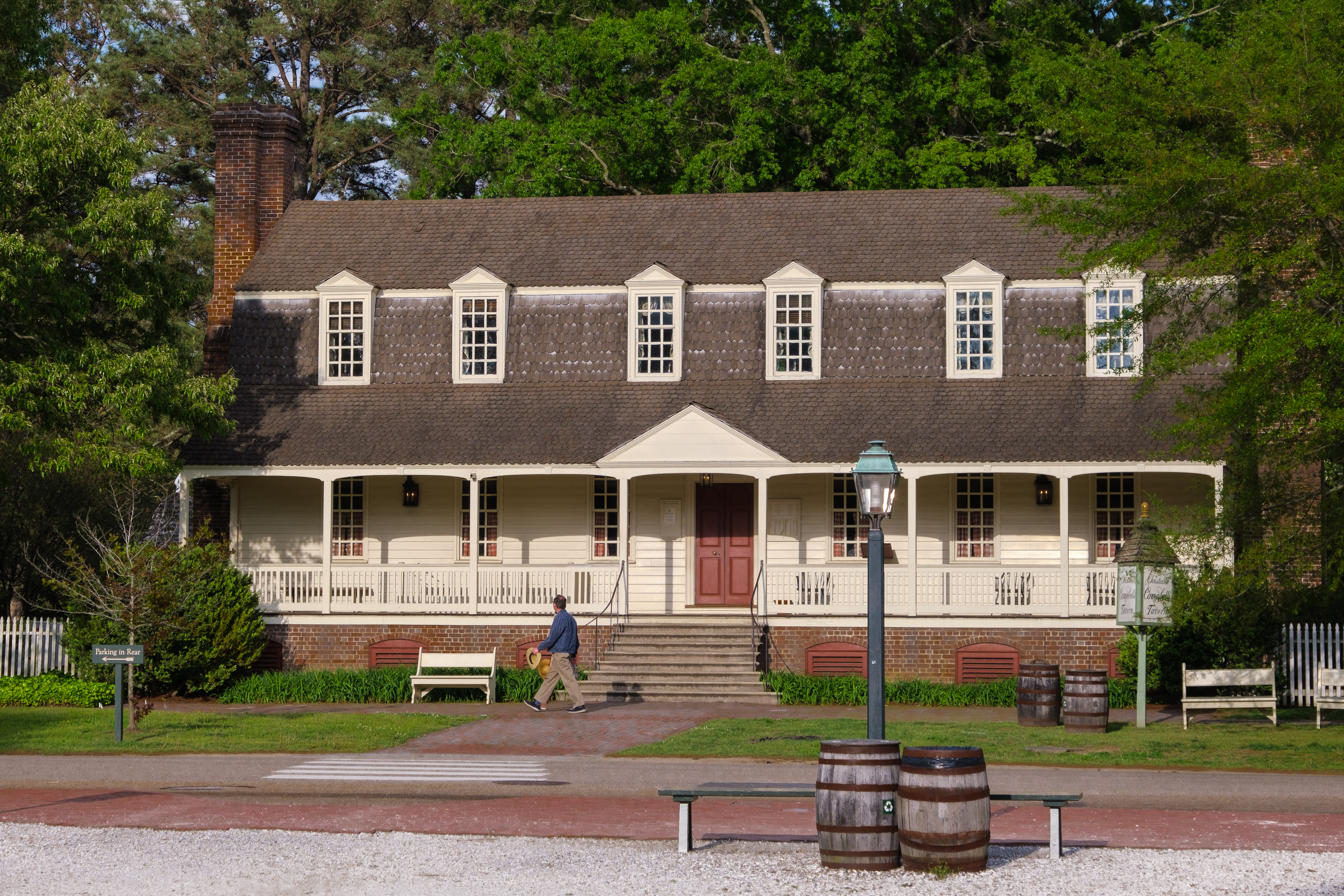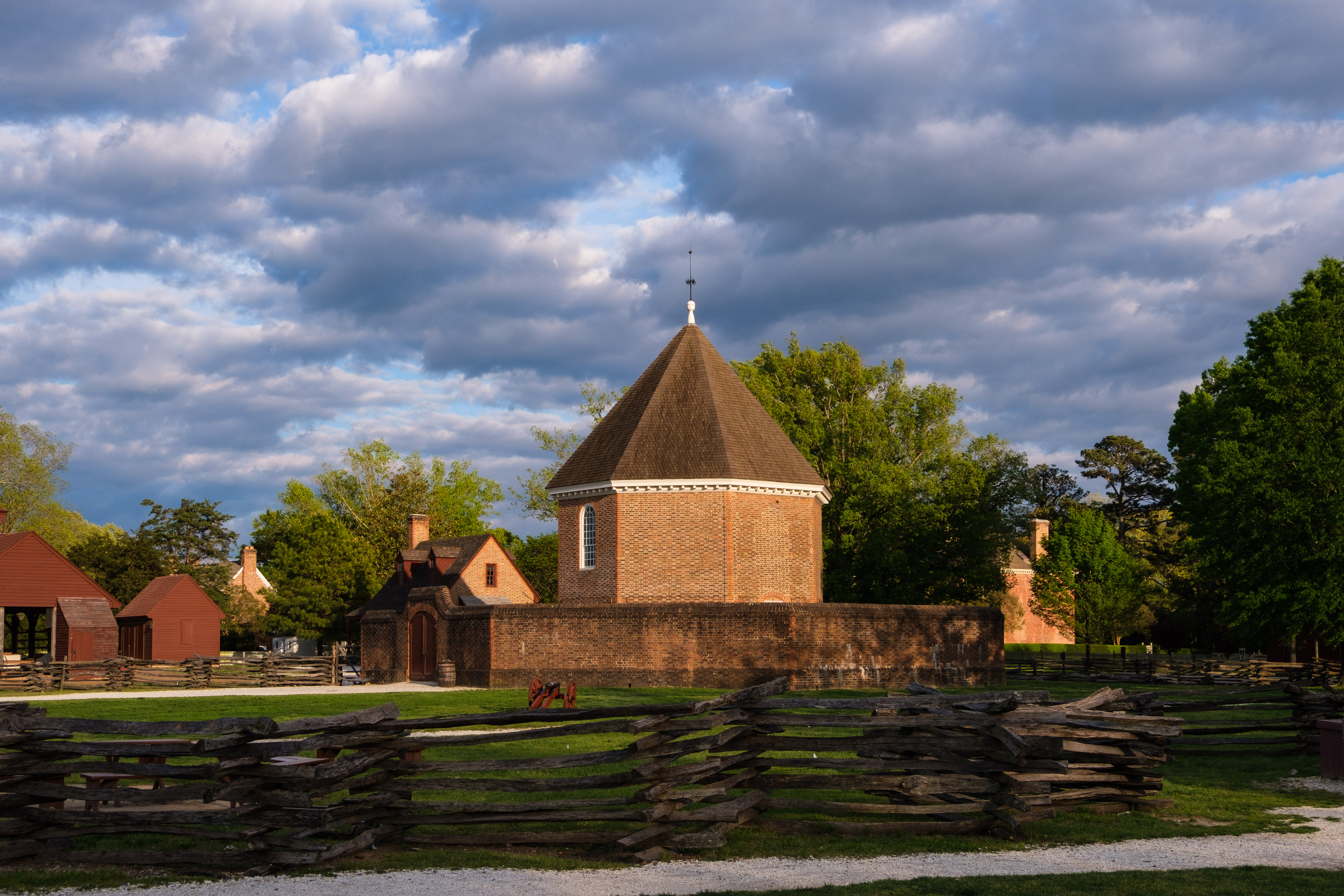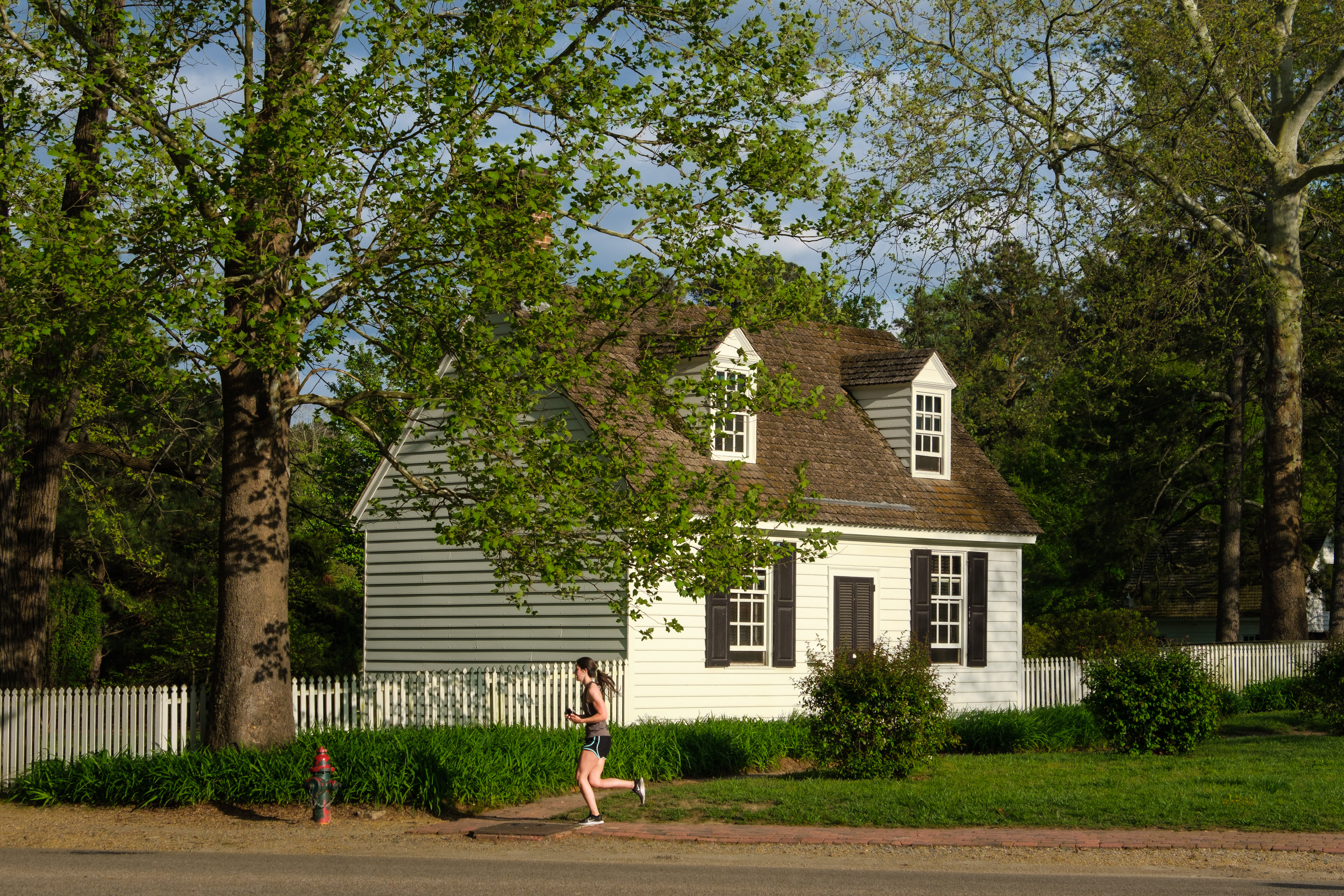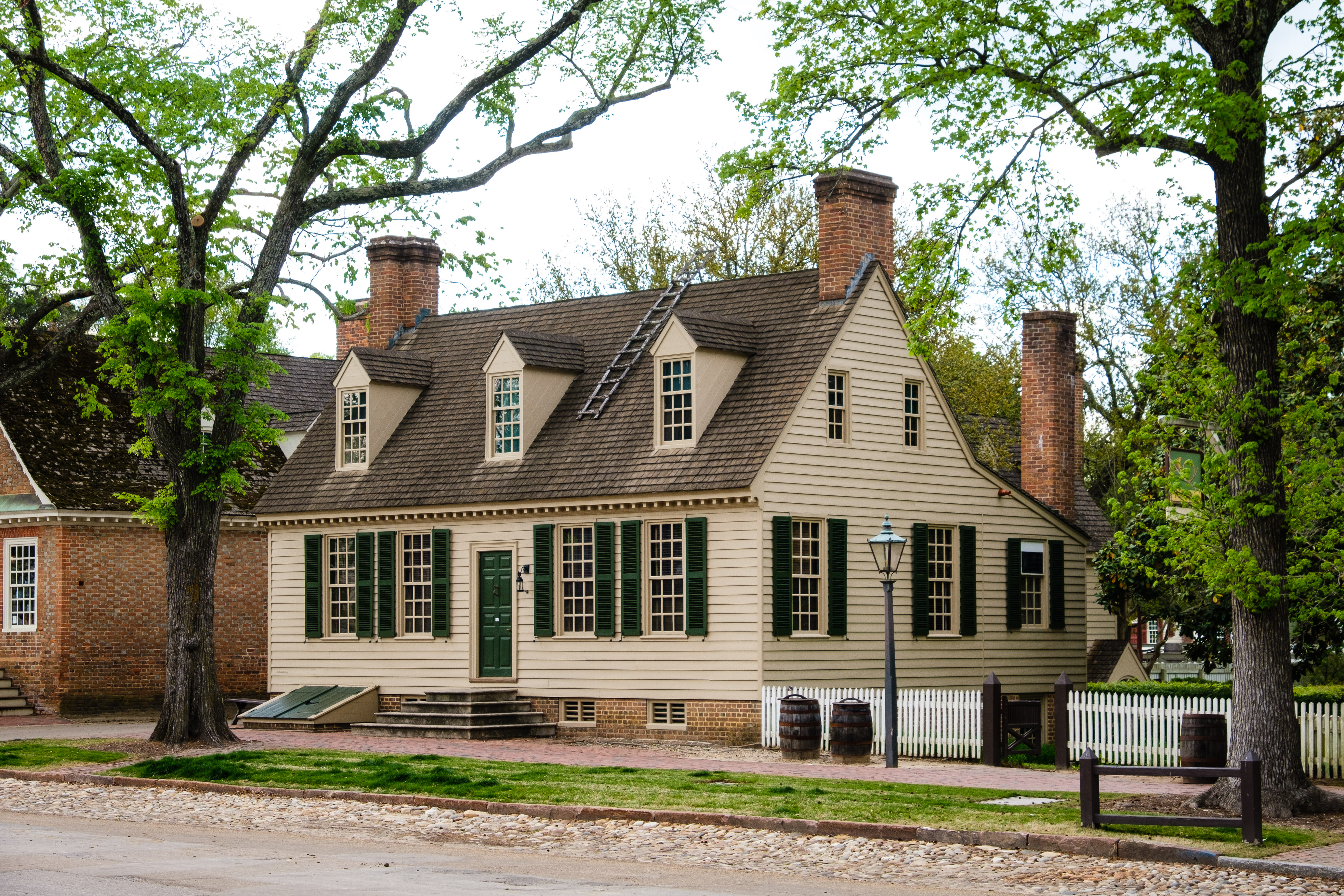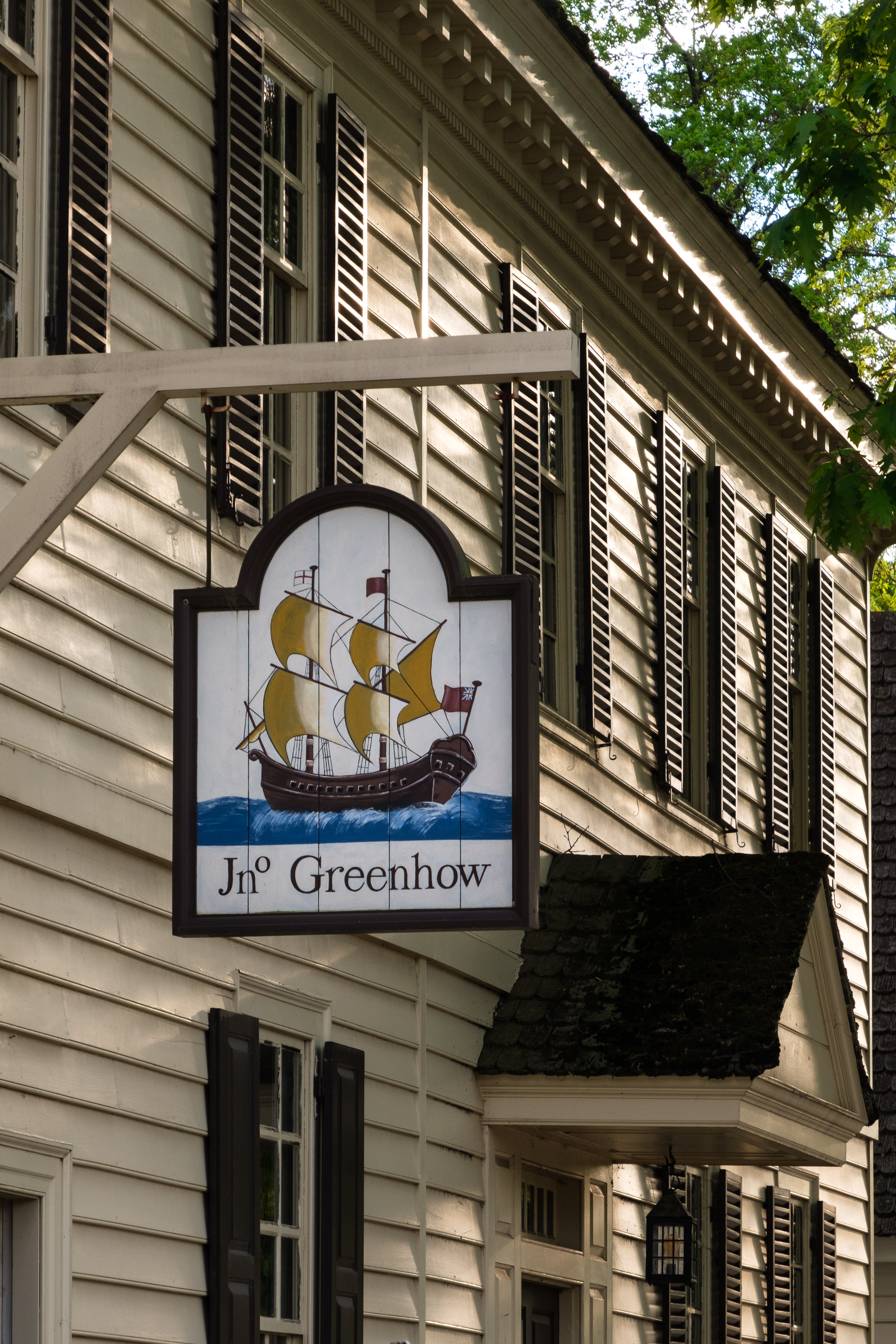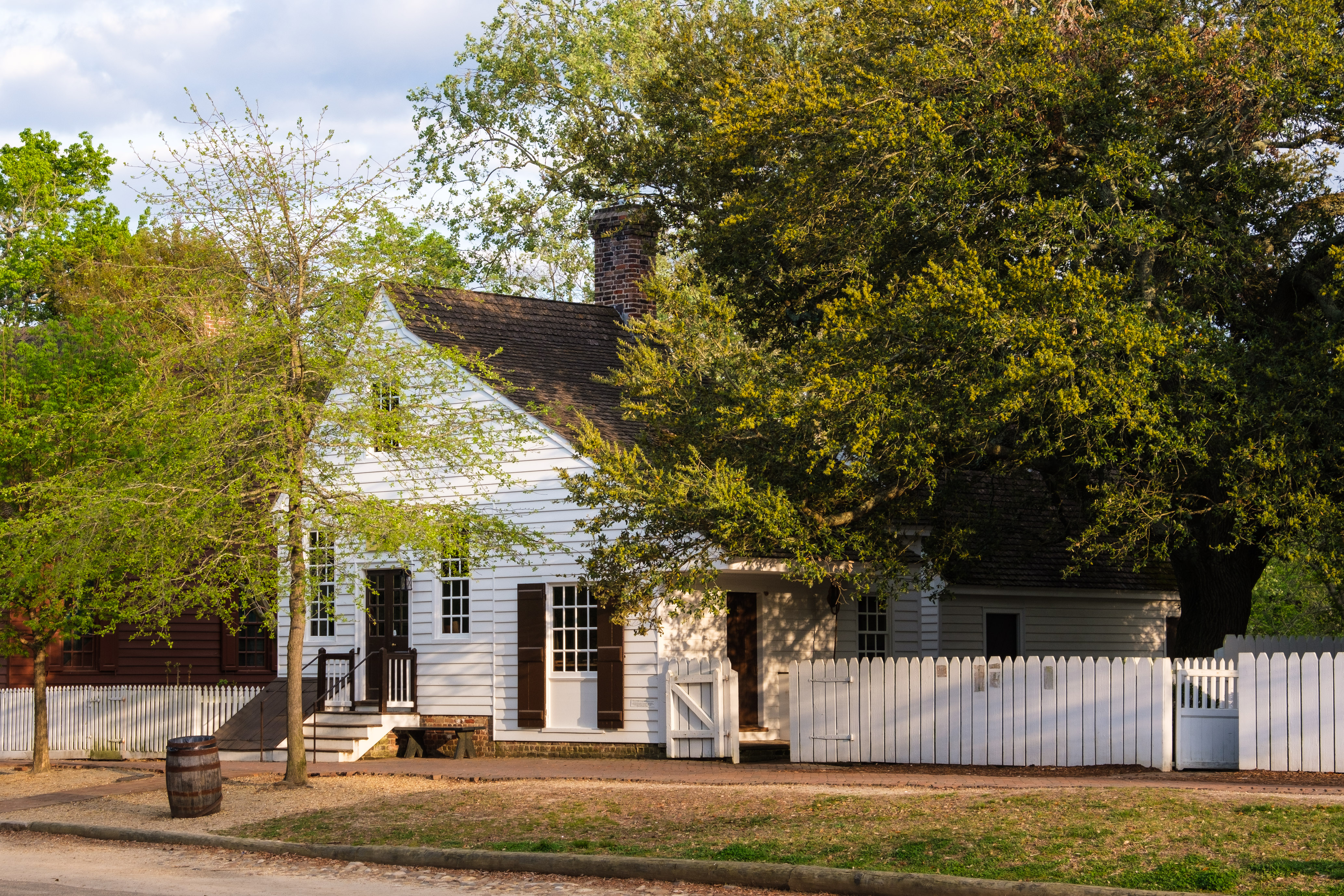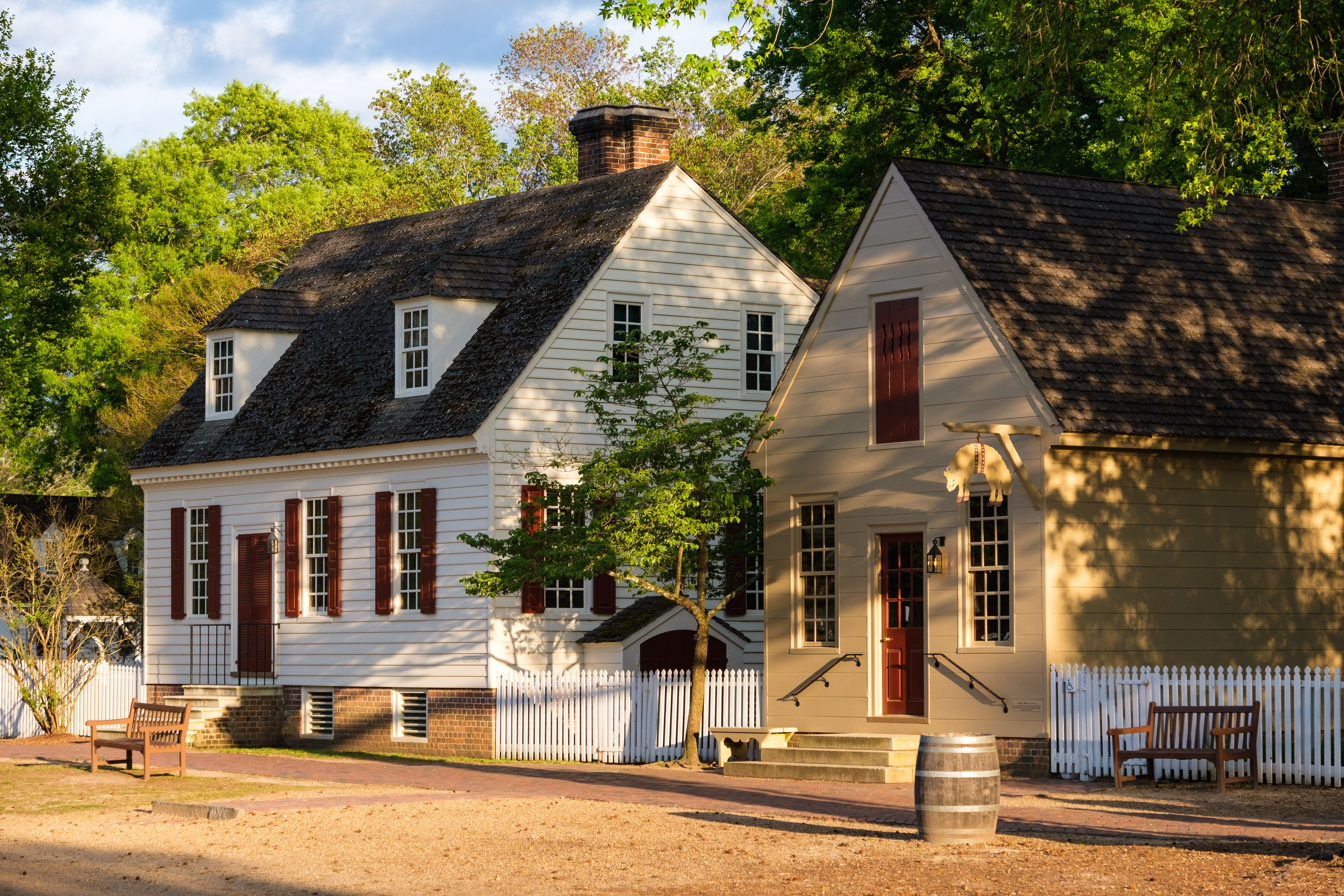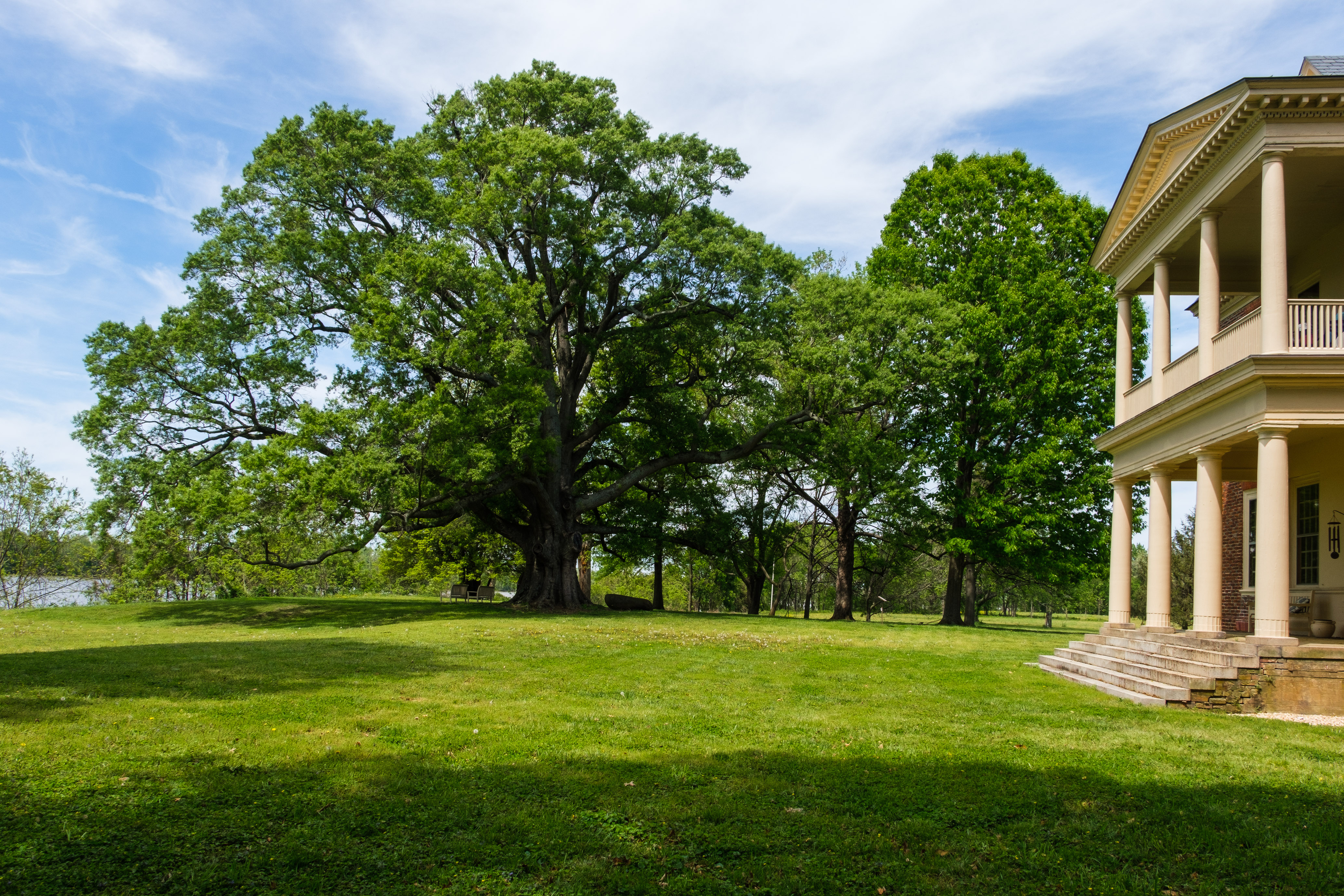The Virginia Colony
 New Year’s greetings! Here’s wishing you a happy, healthy New Year and many exciting travels, too.
New Year’s greetings! Here’s wishing you a happy, healthy New Year and many exciting travels, too.
This will be my first post of 2020 and also my last one from last year’s Epic Southern Road Trip.
After leaving the Outer Banks of North Carolina I made my way northward to Virginia with the first destination being the hugely historic area in the southeastern part of the state called “Virginia’s Historic Triangle” – Coastal Virginia between the James and York rivers. I did not make it to Yorktown and Yorktown Battlefield where the last major battle of the American Revolutionary War took place and General Cornwallis surrendered (another trip). I did get to Jamestown, the site of Jamestowne Colony (founded 1607), the first permanent English settlement in North America, and Williamsburg, capital of the Virginia Colony from 1699 to 1780.
Connecting the three major sites is the Colonial Parkway; I took the western portion between Jamestown and Williamsburg.
Lots and lots of history around there, and much to see and do. Williamsburg has a big historic district closed off to cars which makes for very different (and more satisfying) photography. I got to the historic area late in the afternoon on a weekday in the early spring which meant I almost had the place to myself. If colonial architecture is your thing, this is the place. The light cooperated, and it was a fun visit and photo shoot.

I also did a bit of exploring at the Jamestowne Colony ruins. There’s a walk to the site on a boardwalk through the swamp from the National Park Service museum and welcome center. One takeaway from this visit: that swampland didn’t seem like much of a place to found a colony! The settlement was located in a fairly inhospitable area, and it’s amazing that the colonists survived the disease and other privation, but they did. At least some of them. They fared better than the earlier Roanoke Island “Lost Colony” (in what is now North Carolina and mentioned in my last post) whose inhabitants vanished without a trace.
After Williamsburg and Jamestown I headed for the James River plantations along Virginia’s scenic Route 5 byway in Charles City County. This was a lovely but also contemplative drive.
As was the case with the Lowcountry plantations along the Ashley River outside of Charleston, South Carolina (see my earlier post if you would like to compare and contrast), many of the James River plantations are gone. Among other things, they suffered heavy damage (in some cases total destruction) during the US Civil War, and the economics of the Virginia plantations did not work once slavery was abolished.
Let’s pause a minute for some sober reflection, if you would kindly indulge me. The first African slaves in England’s mainland American colonies arrived at the Jamestowne Colony in 1619. In a sense, this area of the country is ground zero. Virginia’s plantation economy relied heavily on slavery. When I did my post last fall on the Charleston SC plantations I shared some thoughts about those estates as relics of a thankfully bygone era. Those comments apply equally to my stops at these grand houses along the James River. Yes, these Virginia estates are of historical interest to me, and both the architecture and the sites are very beautiful (if possessing a haunting beauty); no, they don’t conjure up for me any feelings of “Gone With the Wind” romanticism but rather remind me of all I have read and learned over the years about the brutality of North American slavery and, indeed, what a terrible chapter it was in our great country’s history.
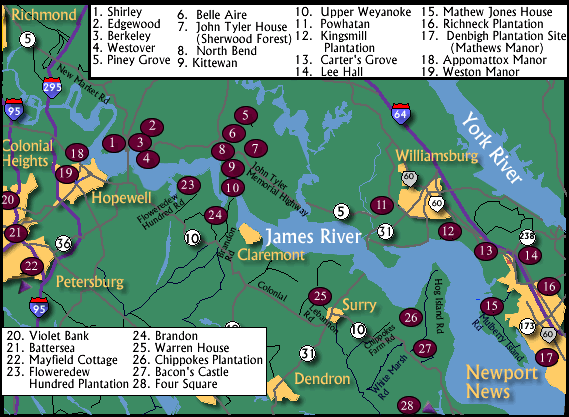
On with the tour. I stopped at three of the surviving James River plantations (numbers 1, 3 and 7 on the map):
-Sherwood Forest Plantation (1730). This was the home of the tenth US President, John Tyler, and is still occupied by Tyler family members today. The main house is sometimes open to visitors but only on guided tours and by appointment only. I didn’t do that kind of advance planning. Fortunately, the grounds — 29 acres (11.75 ha) of lawns, terraced gardens, woods and surviving outbuildings — also are open to the public. It is said to be one of the most complete plantation yards left in America.
-Berkeley Plantation (1726), the birthplace of the ninth US President, William Henry Harrison, a signer of the Declaration of Independence. I did a group tour of the original Georgian mansion and also got to explore the beautiful gardens and grounds with some very impressive views of the James River.
– Shirley Plantation (founded in 1613) and the oldest in Virginia. The Georgian style “Great House” there was completed in 1738. Shirley is said to be the most intact 18th century estate in Virginia. I got inside the historic buildings there, too. Like Berkeley the plantation house it is right on the banks of the James River. Check out that magnificent 350 year old willow oak on the grounds.
After Shirley Plantation it was time to head back to New York City. I didn’t quite make it on the same day and wound up doing an overnight in Dover, Delaware, after crossing back over to the eastern side of the Chesapeake Bay to Maryland’s Eastern Shore. After that it was a straight shot: a little more Delaware, then some New Jersey and finally New York and home.
That’s it. The South is a wrap – at least for now. It was a tremendously enjoyable drive. I am already contemplating a return trip starting out in Charleston with some exploring south and west of there in mind, including the Georgia coast (which will definitely include Savannah), inland Georgia and inland South Carolina.
Otherwise, I am still thinking about my 2020 photographic projects. The only definite plans right now are Modernism Week in Palm Springs, California, next month (and some desert photography), and a trip to upstate New York planned for later this year where I am going to be participating in a workshop in Buffalo to photograph the old grain silos and elevators along the Buffalo River at the western start of the Erie Canal by Lake Erie. We’ll see what else develops.
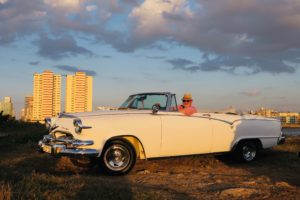
So, dear readers, this series is at an end. Thank you for joining me on the drive in the US South these last months. What’s next? First, I am going to take a break from posting for a month or two (or three). Then when I am back online in the spring the next series will be Cuba!
I was there with photography workshops in December 2014, and again in January 2019, and have literally thousands of photos. (Don’t worry, I won’t be posting that many, but, indeed, there are many I would like to share!) The photo to the left was taken by a fellow workshop participant while we were on a vintage car adventure in Havana (January 2019). Incredible photography, wonderful and welcoming people and otherwise a place like no other I have ever visited. Stay tuned! See you all again in a few months.
In the meantime, let’s explore colonial and antebellum Virginia. Click on (or tap) an image to expand it (and use the arrow to the right on an expanded image to go through the set, if preferred over scrolling down in the post).
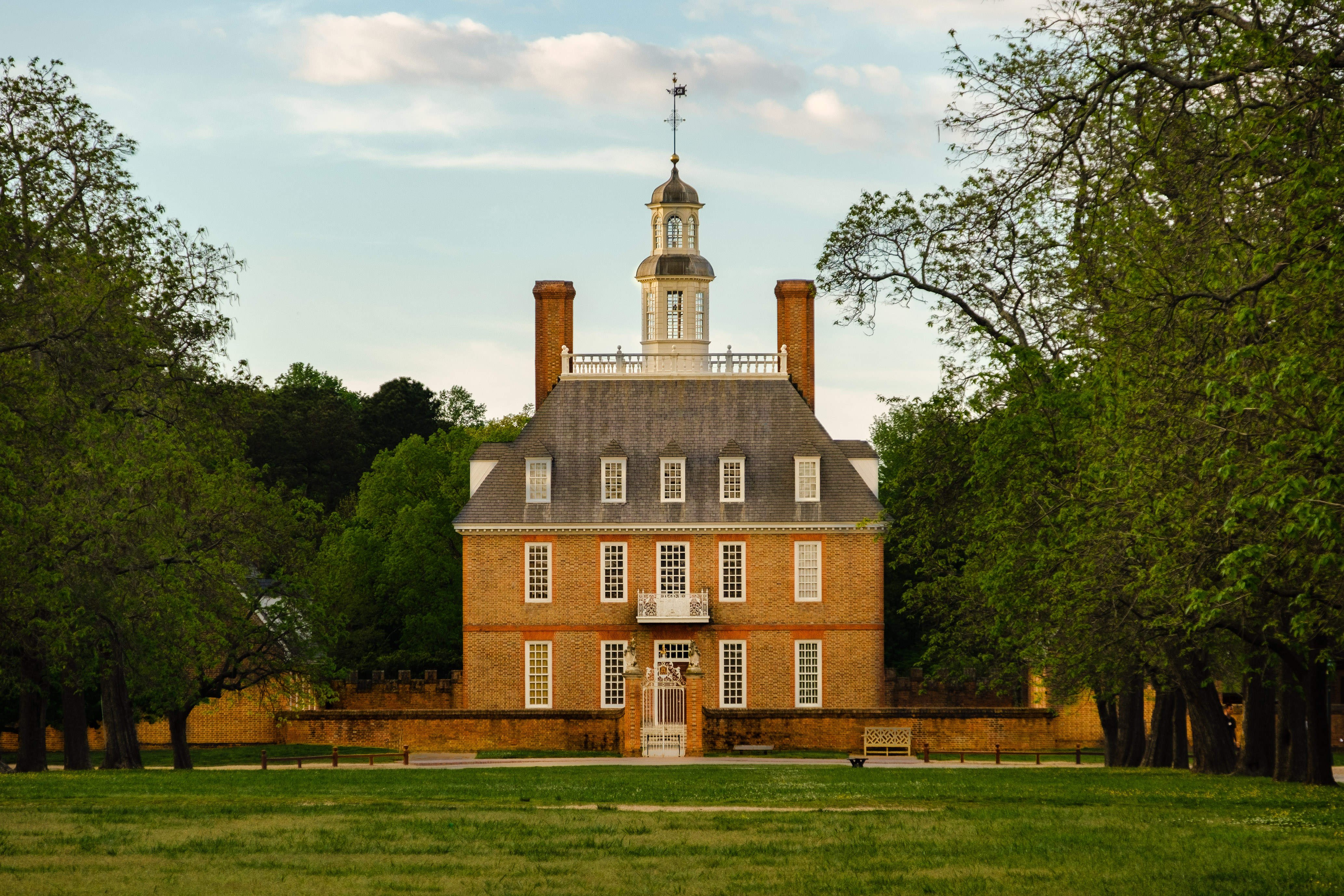
The Governor's Palace from Palace Green, Colonial Williamsburg (1722, reconstruction completed 1934)
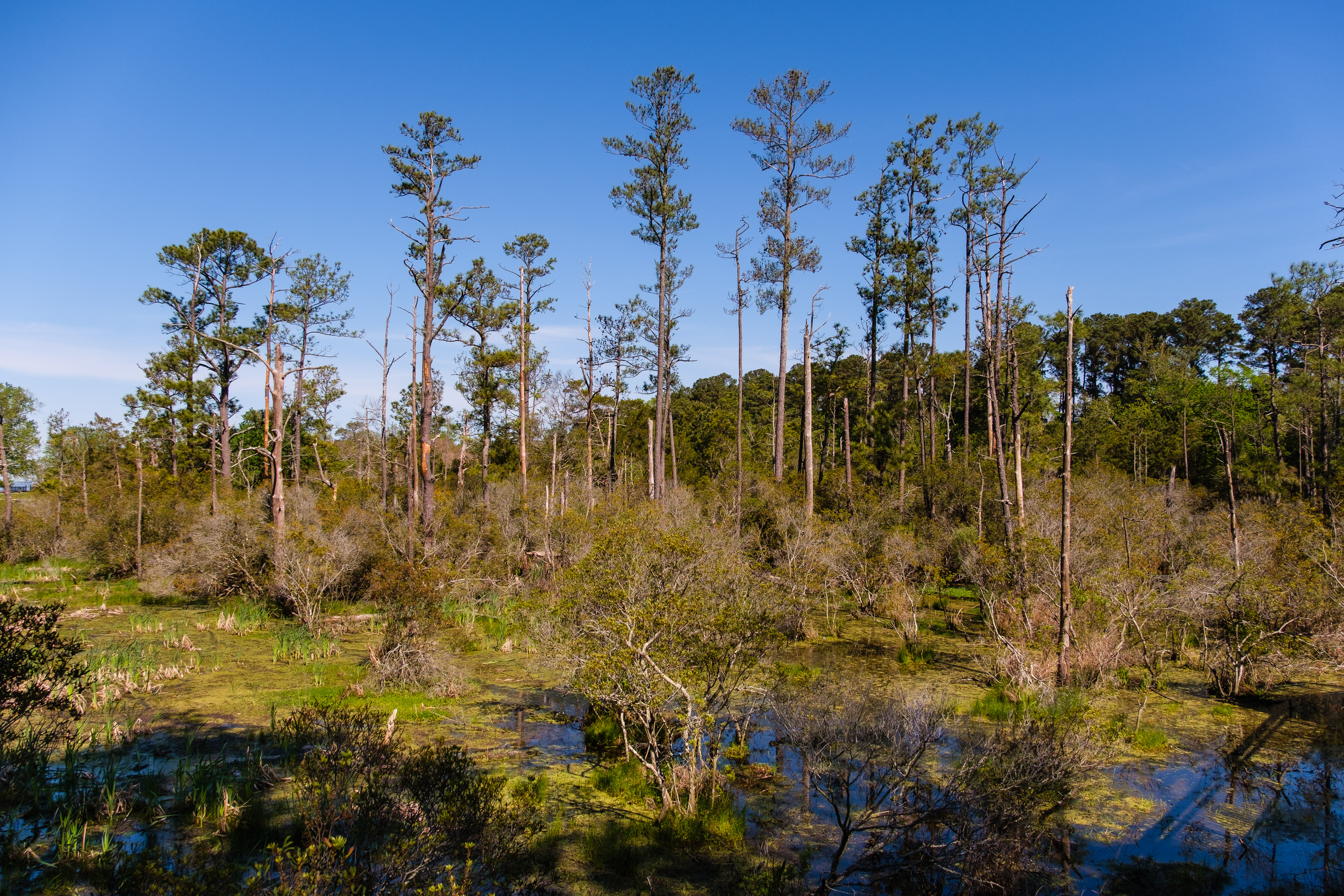
Pitch and Tar Swamp at historic Jamestowne on Jamestown Island, on the James River at Jamestown, Virginia

Restoration of the 1907 Memorial Church at historic Jamestowne on Jamestown Island, on the James River at Jamestown, Virginia
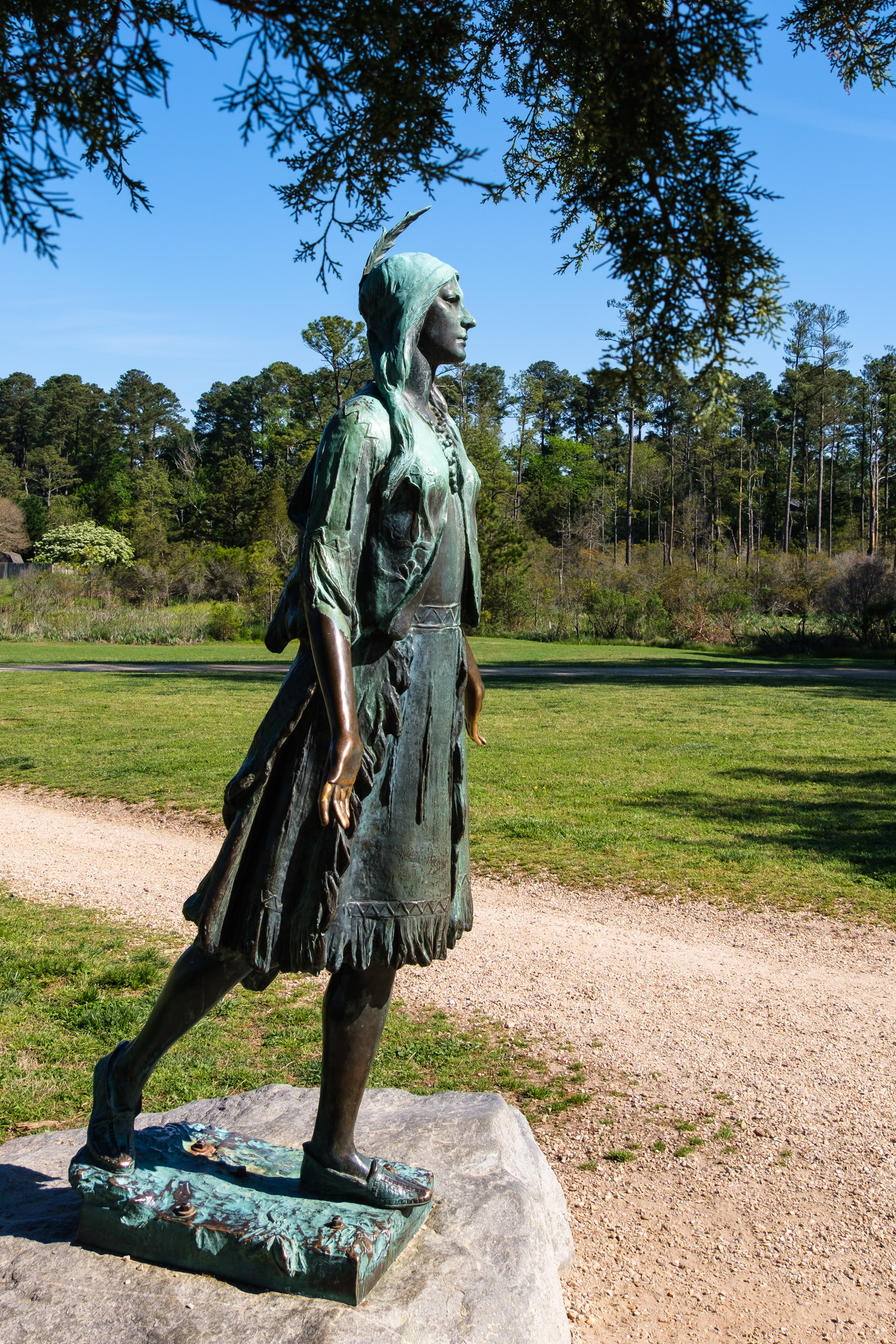
Pocahontas statue (1922), historic Jamestowne on Jamestown Island, on the James River at Jamestown, Virginia

Reconstruction of the barracks at James Fort at historic Jamestowne on Jamestown Island, on the James River at Jamestown, Virginia
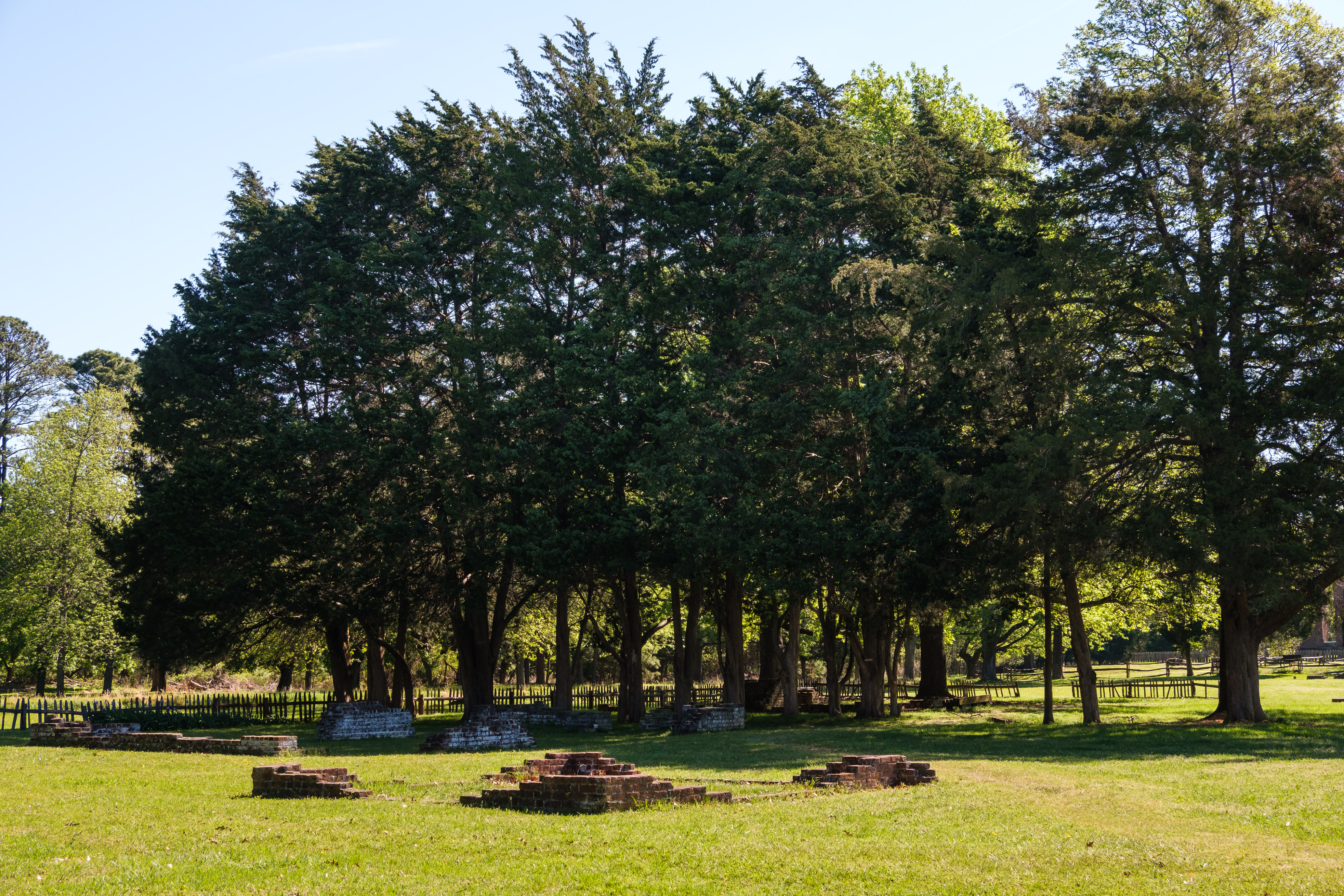
Colonial settlement ruins at historic Jamestowne on Jamestown Island, on the James River at Jamestown, Virginia
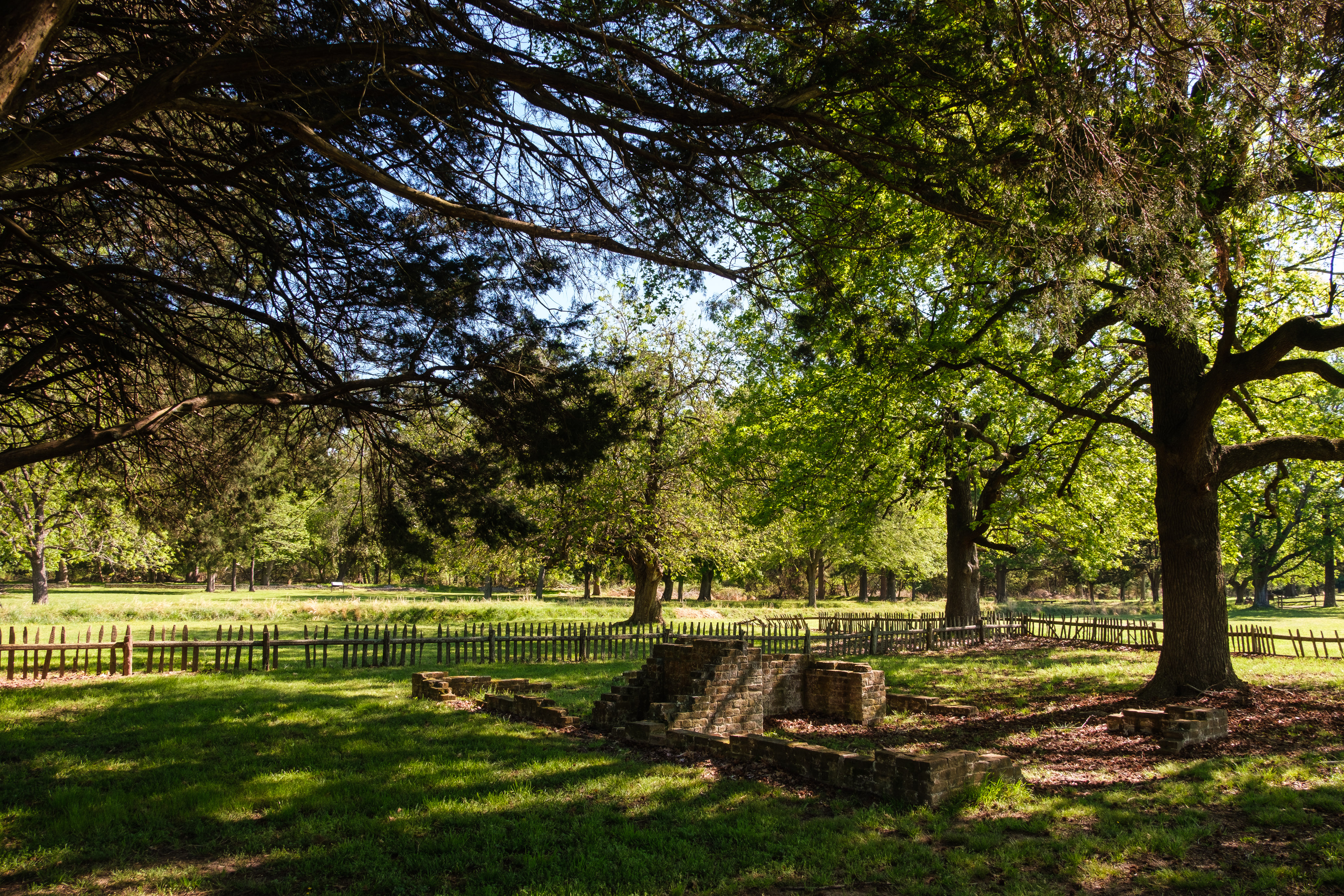
Colonial settlement ruins at historic Jamestowne on Jamestown Island, on the James River at Jamestown, Virginia
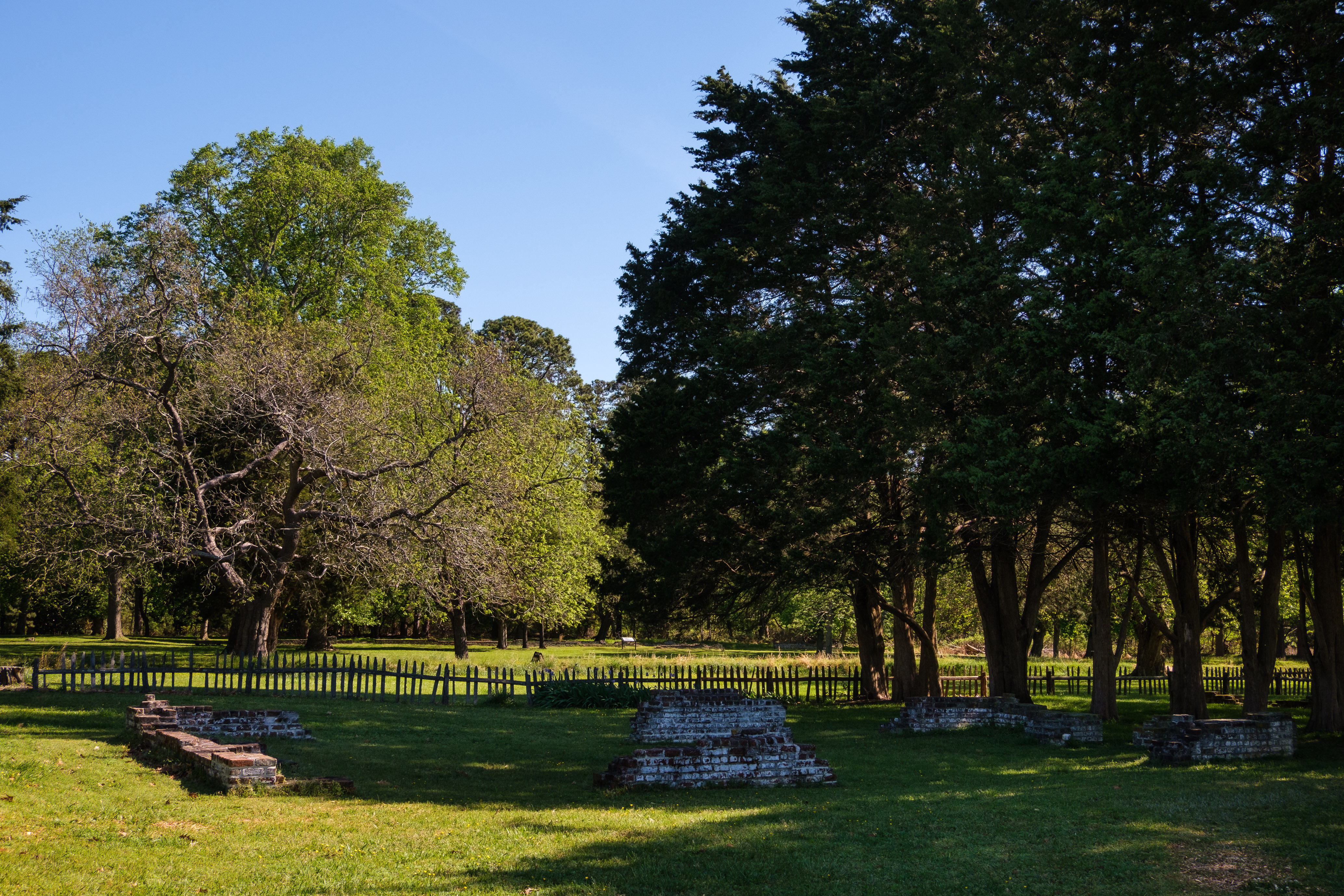
Colonial settlement ruins at historic Jamestowne on Jamestown Island, on the James River at Jamestown, Virginia
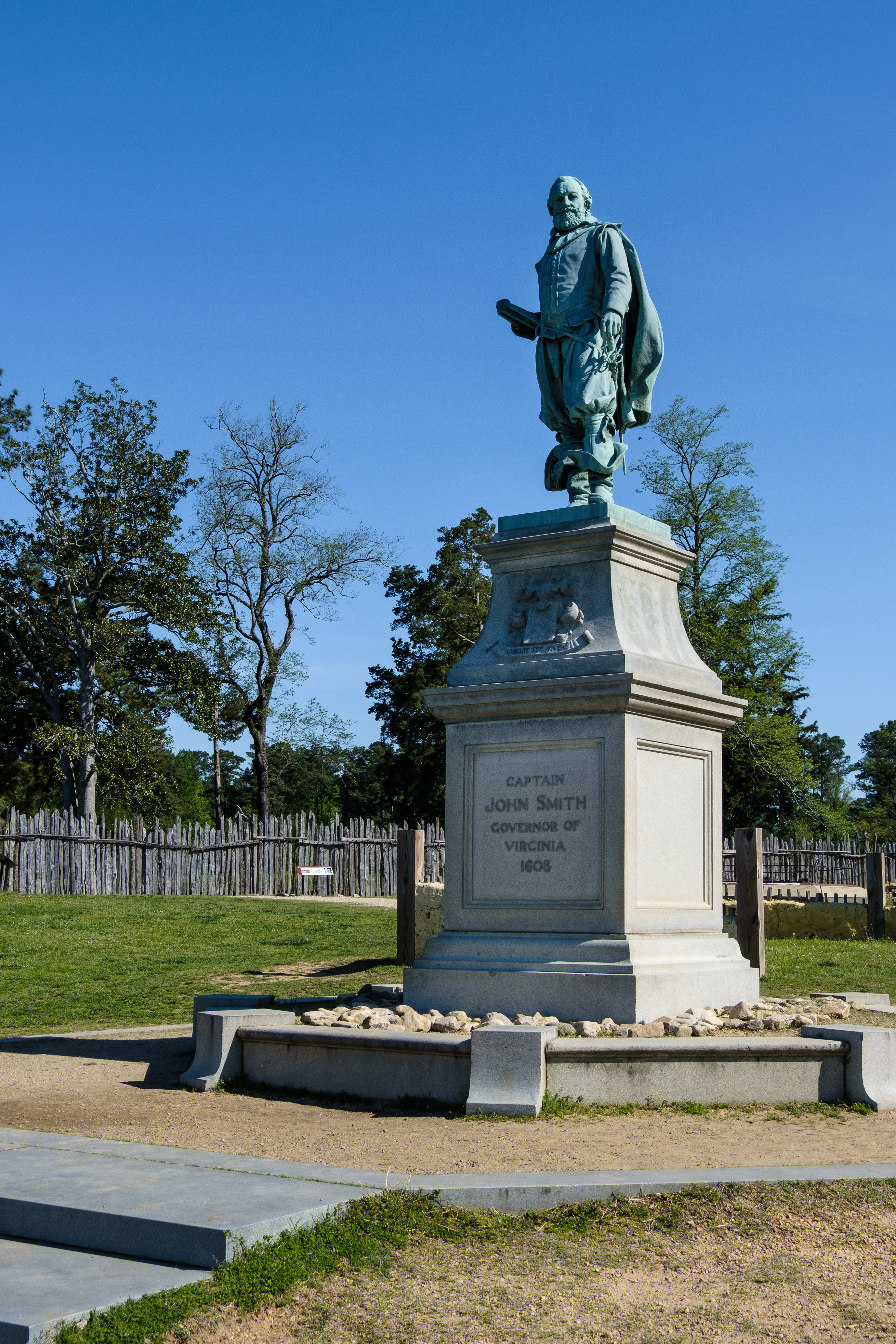
John Smith statue (1909) at historic Jamestowne on Jamestown Island, on the James River at Jamestown, Virginia

Tercentenary Monument (1907) at historic Jamestowne on Jamestown Island, on the James River at Jamestown, Virginia

Tercentenary Monument (1907) at historic Jamestowne on Jamestown Island, on the James River at Jamestown, Virginia

Colonial reenactor at historic Jamestowne on Jamestown Island, on the James River at Jamestown, Virginia
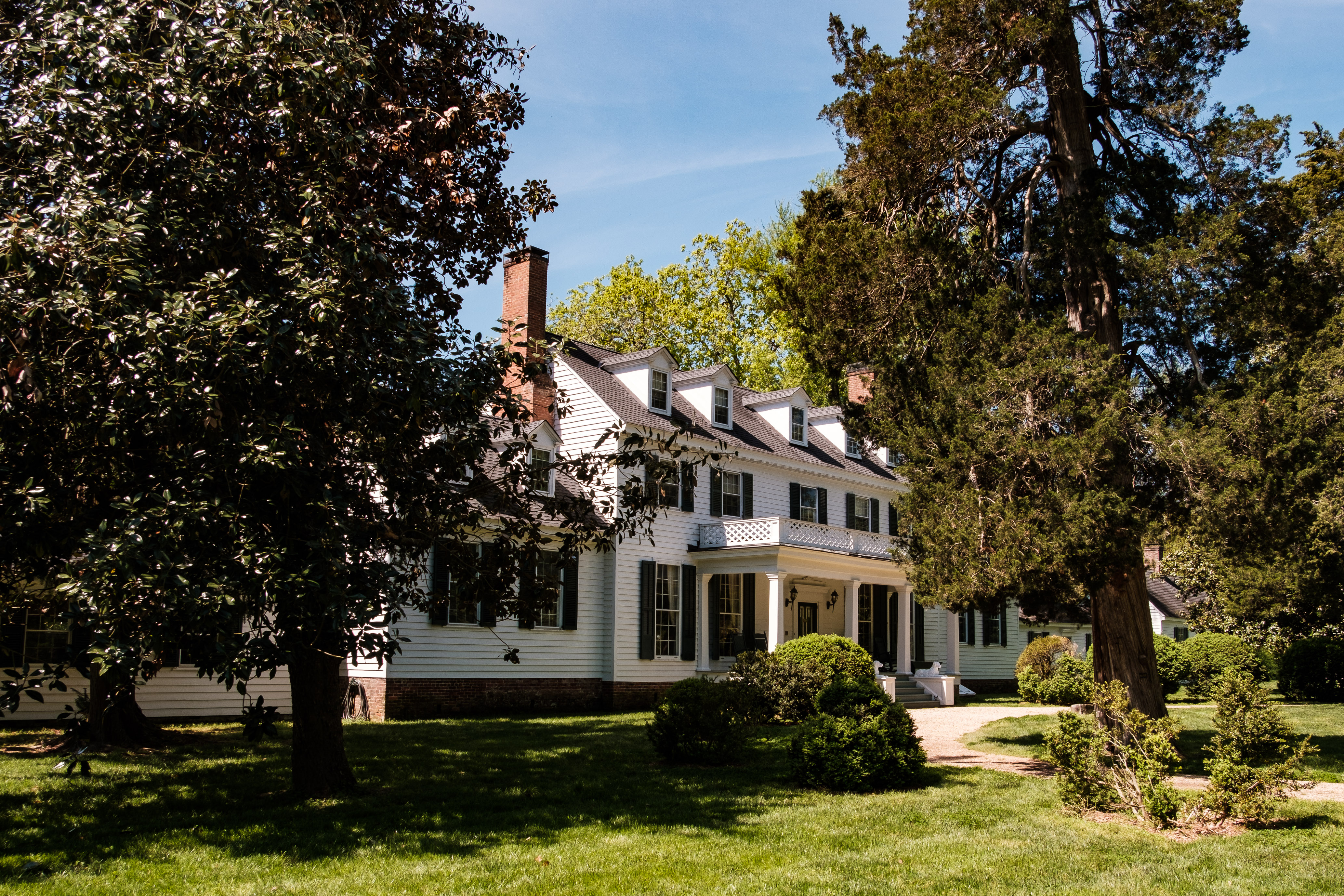
On Virginia State Route 5 (James River Byway) - Sherwood Forest Plantation (1730), Charles City County, Virginia
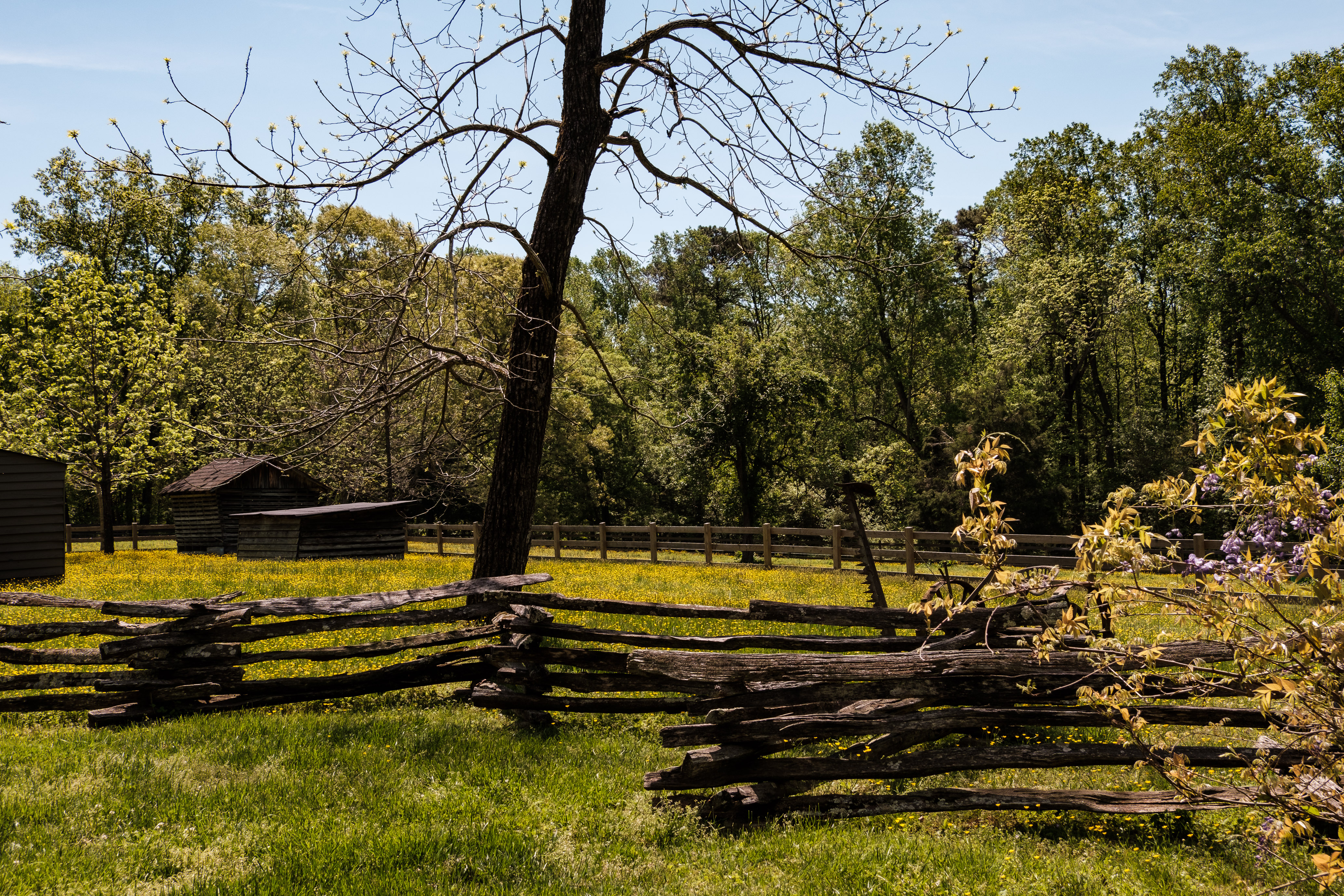
On Virginia State Route 5 (James River Byway) - Sherwood Forest Plantation (1730), Charles City County, Virginia
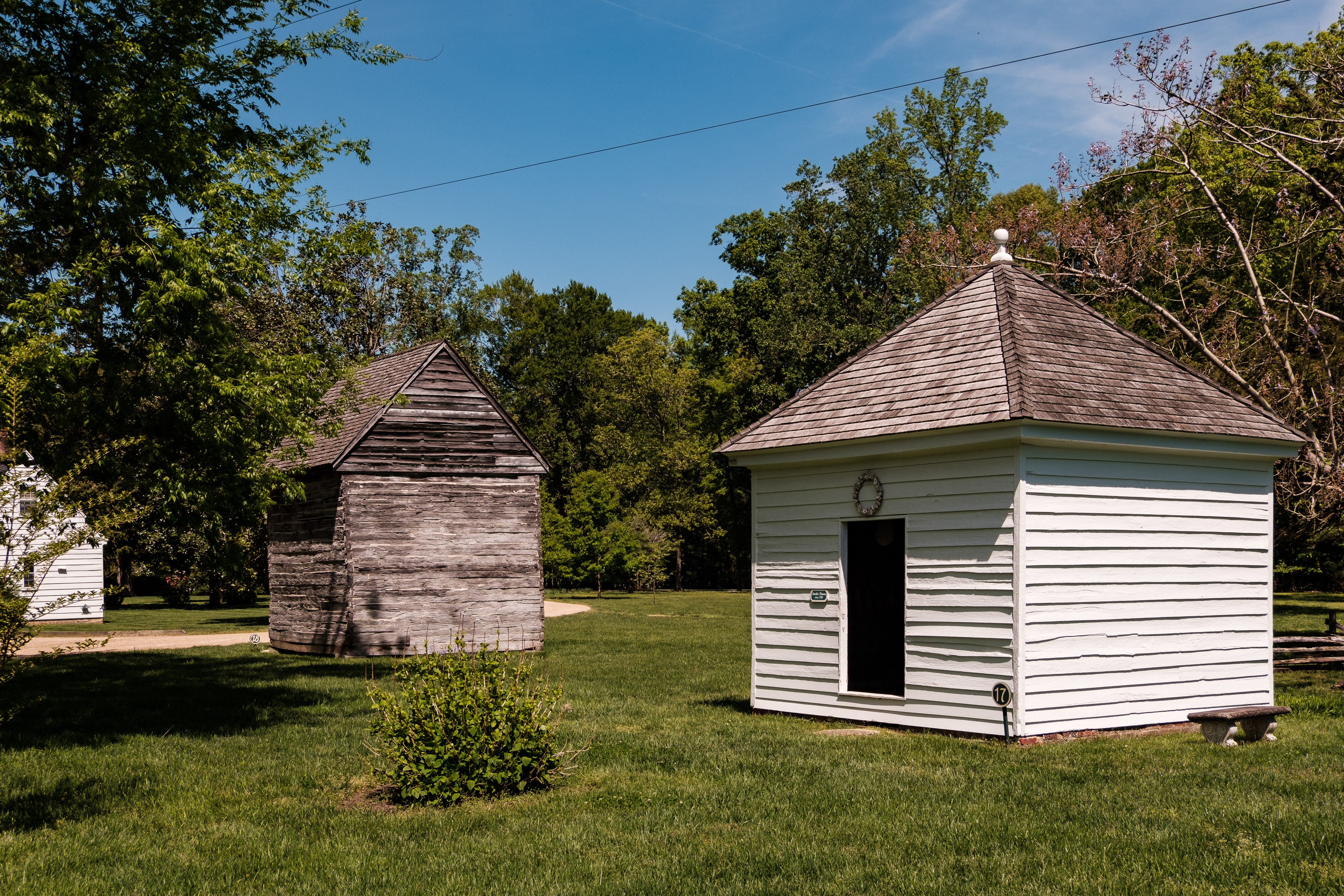
On Virginia State Route 5 (James River Byway) - Sherwood Forest Plantation (1730), Charles City County, Virginia
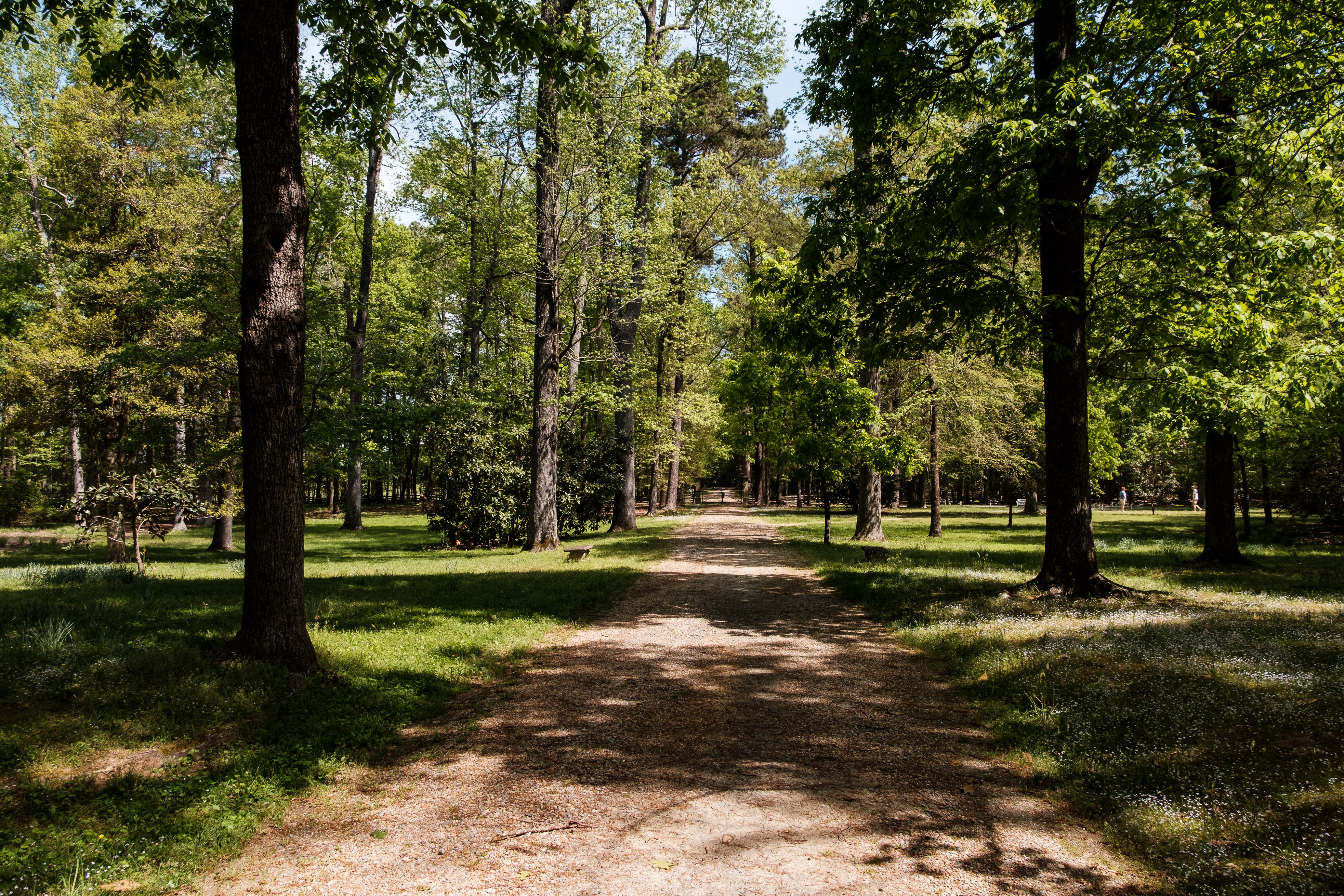
On Virginia State Route 5 (James River Byway) - Sherwood Forest Plantation (1730), Charles City County, Virginia
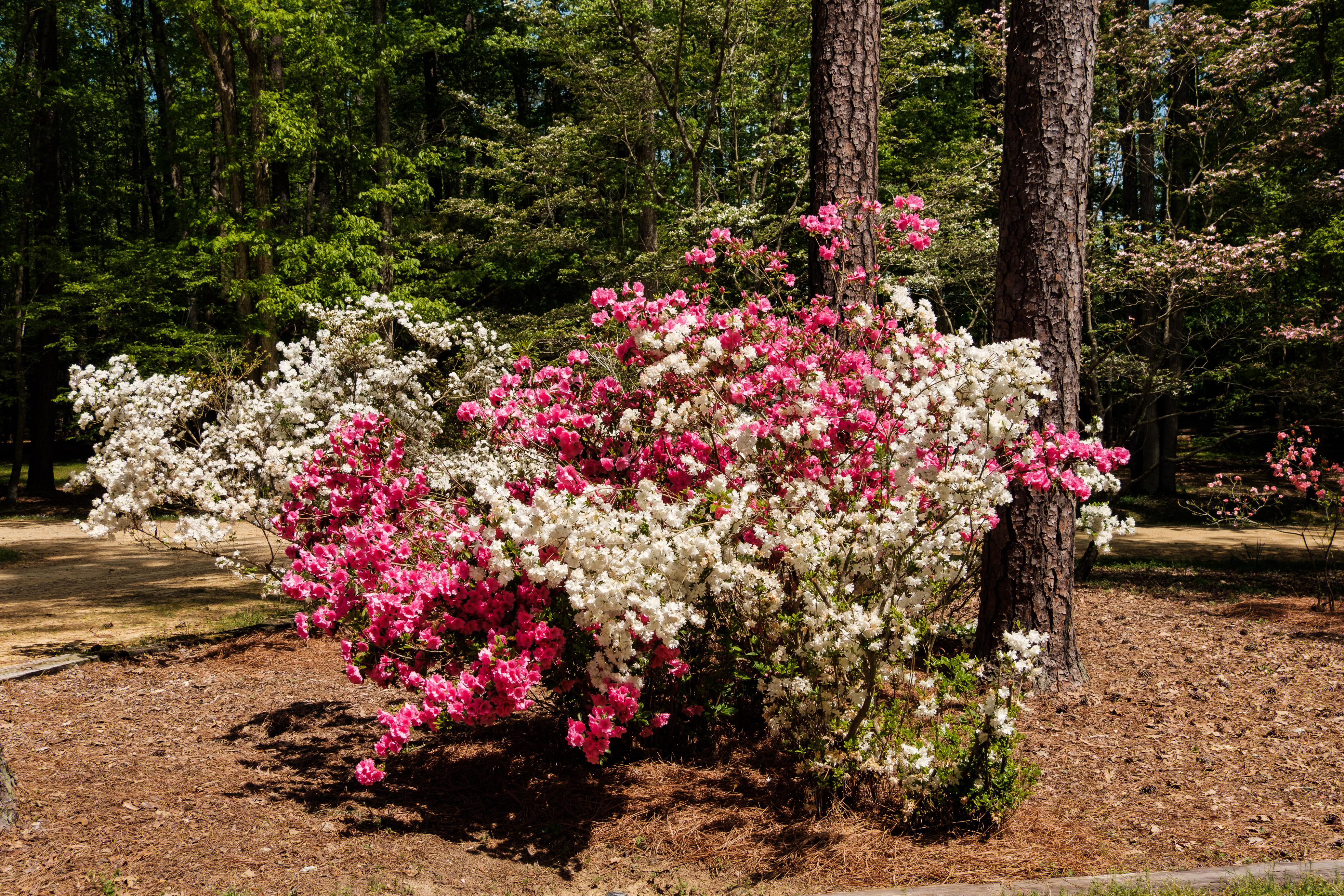
On Virginia State Route 5 (James River Byway) - Sherwood Forest Plantation (1730), Charles City County, Virginia
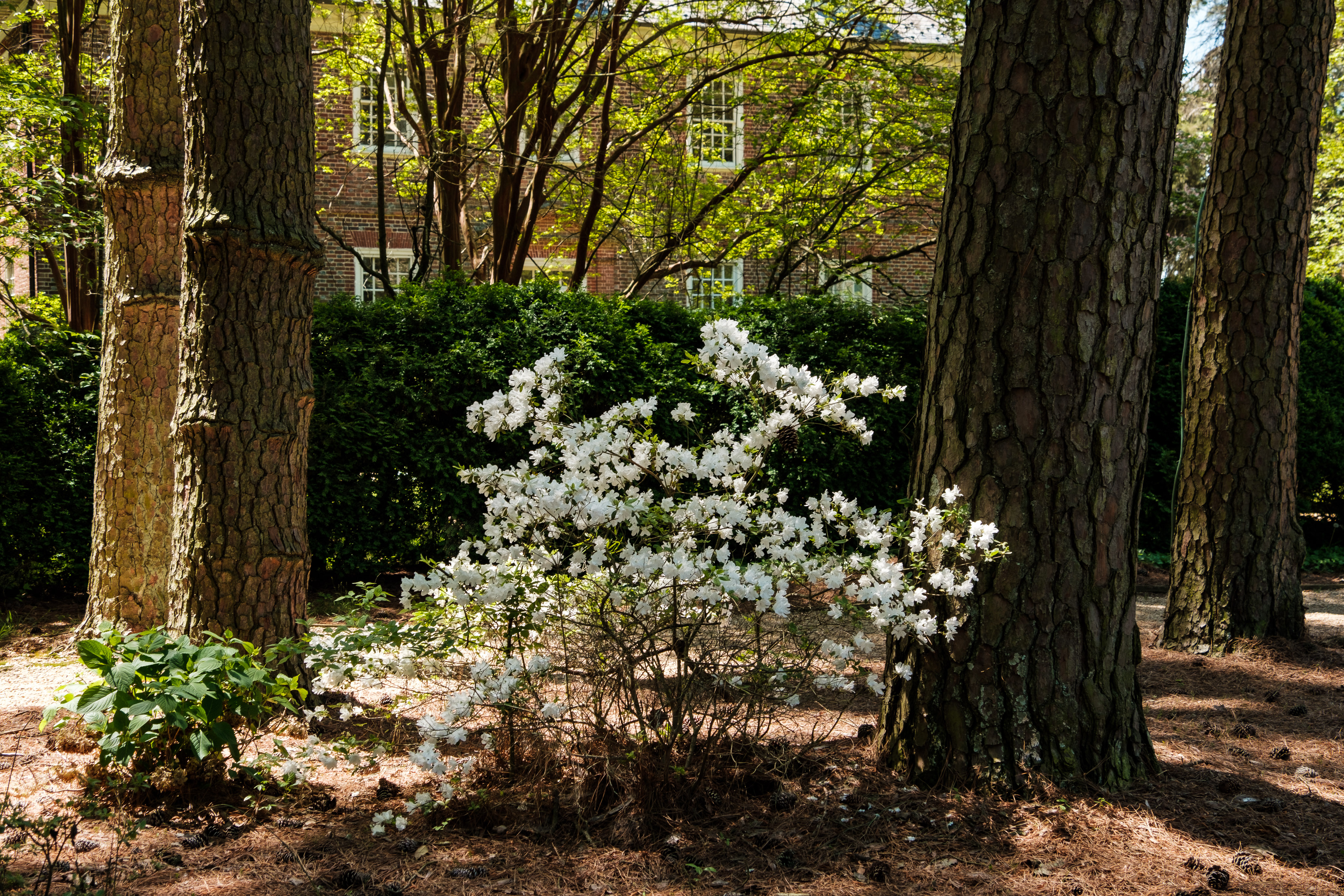
On Virginia State Route 5 (James River Byway) - Berkeley Plantation (1726), Charles City County, Virginia

On Virginia State Route 5 (James River Byway) - Berkeley Plantation (1726), Charles City County, Virginia
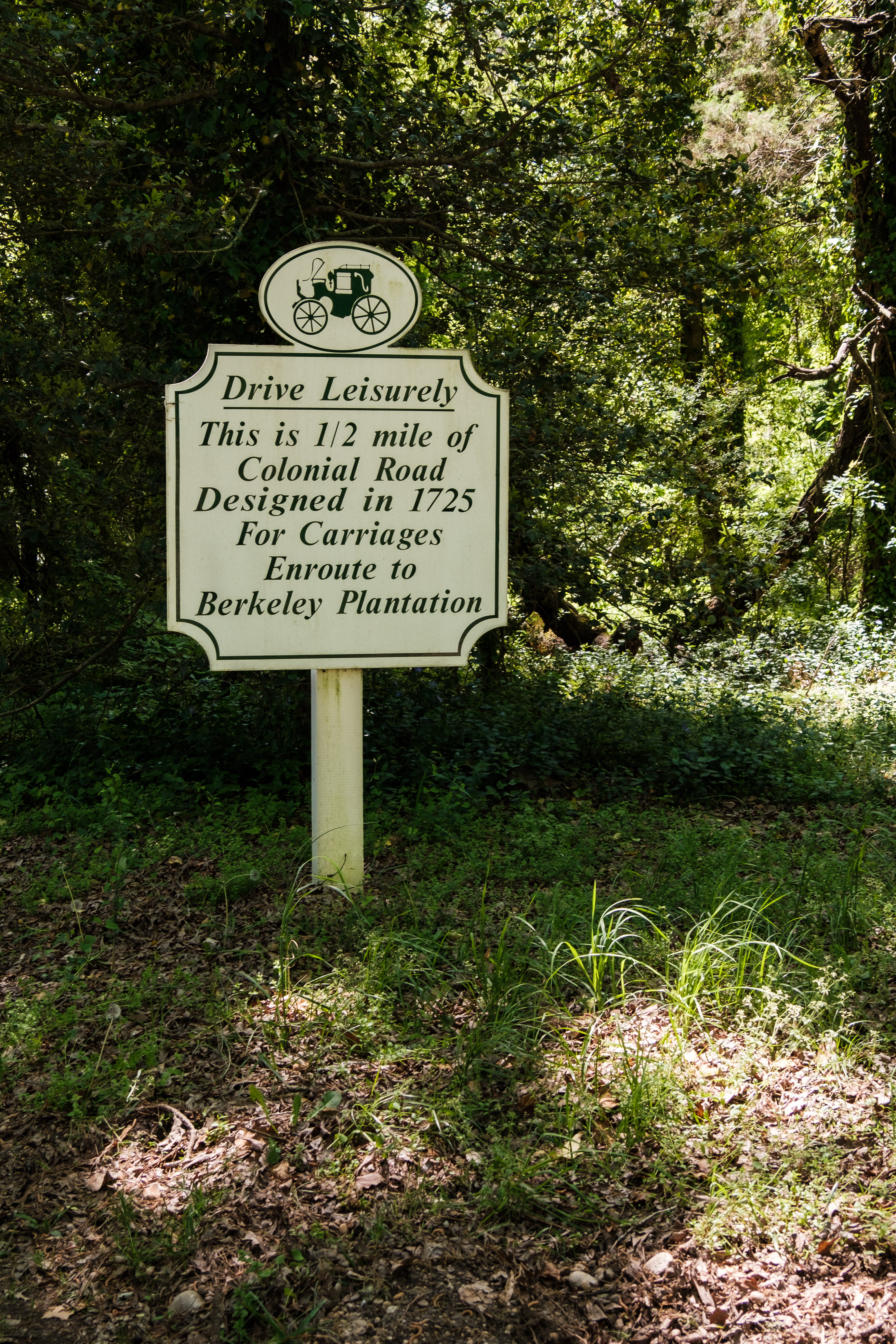
On Virginia State Route 5 (James River Byway) - Berkeley Plantation (1726), Charles City County, Virginia
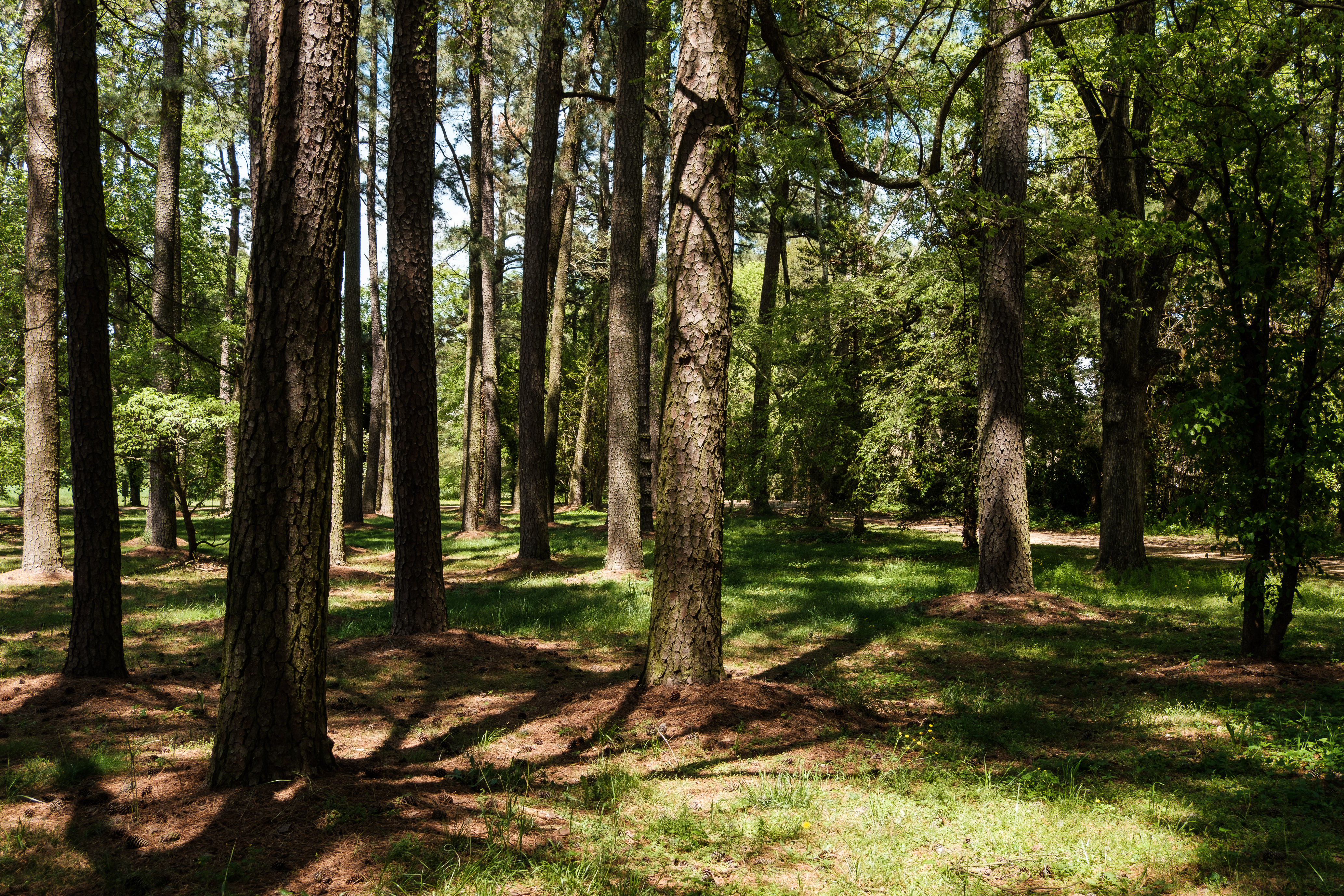
On Virginia State Route 5 (James River Byway) - Berkeley Plantation (1726), Charles City County, Virginia

On Virginia State Route 5 (James River Byway) - Berkeley Plantation (1726), Charles City County, Virginia
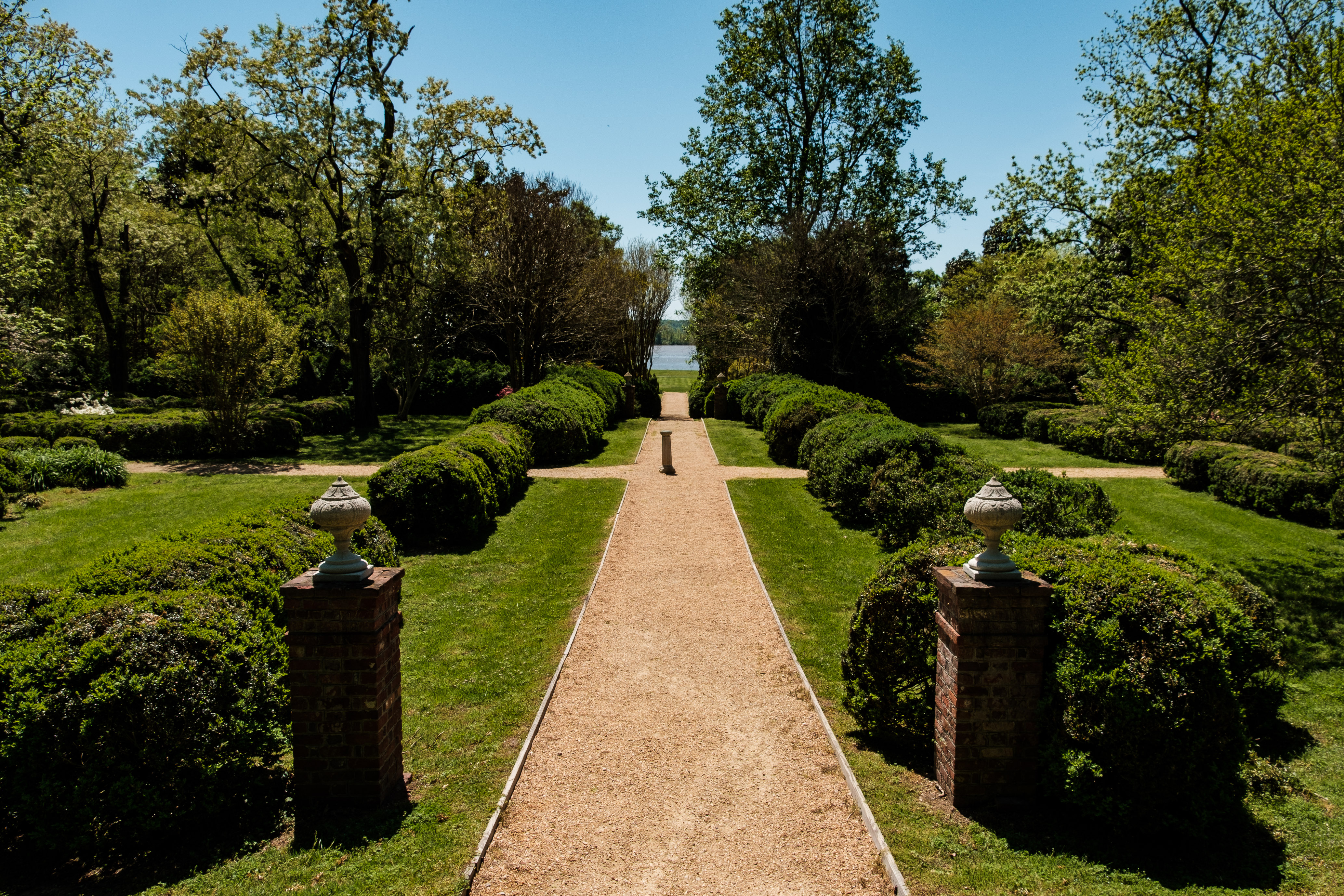
On Virginia State Route 5 (James River Byway) - Berkeley Plantation (1726), Charles City County, Virginia

On Virginia State Route 5 (James River Byway) - Berkeley Plantation (1726), Charles City County, Virginia
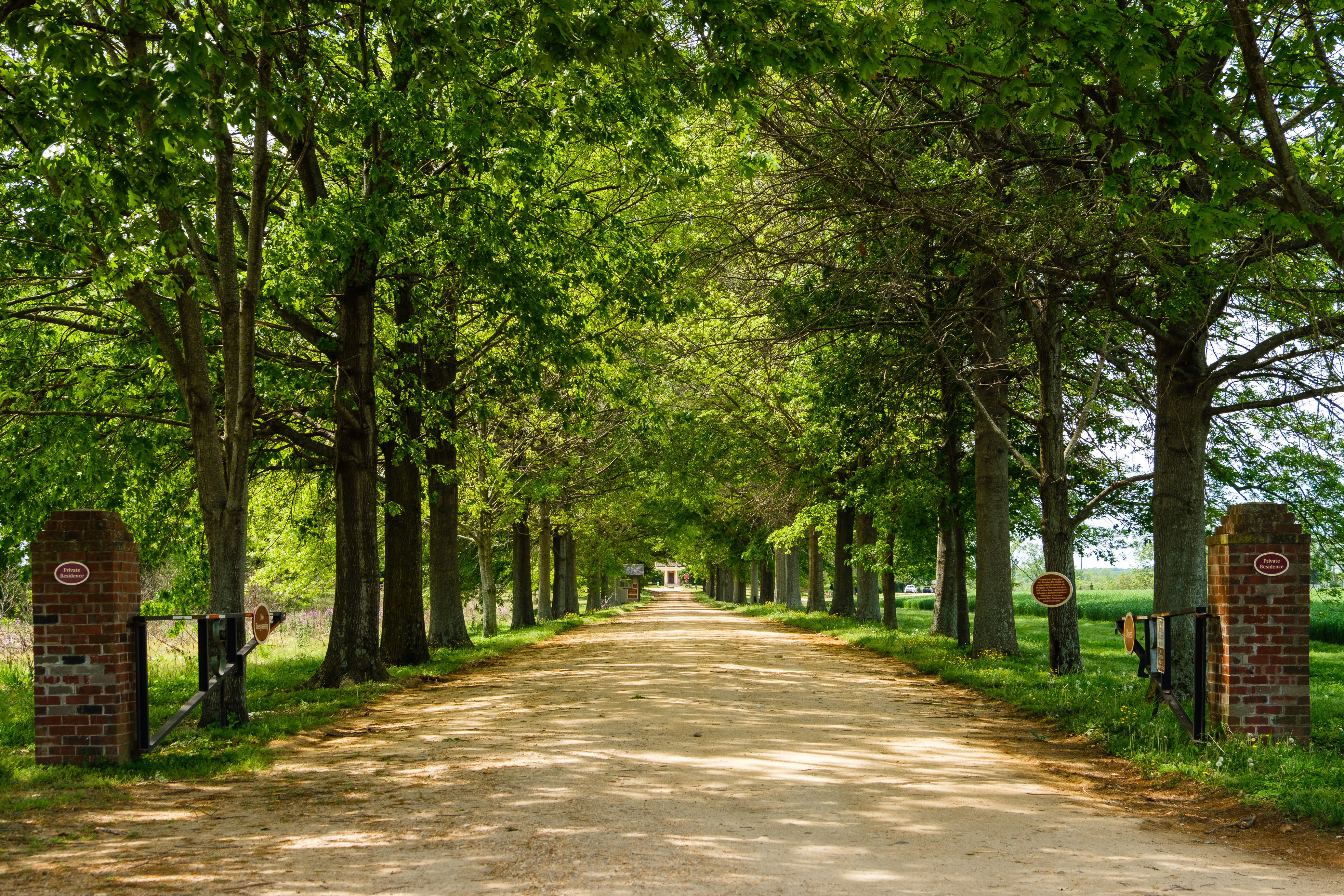
On Virginia State Route 5 (James River Byway) - Shirley Plantation (1738), Charles City County, Virginia
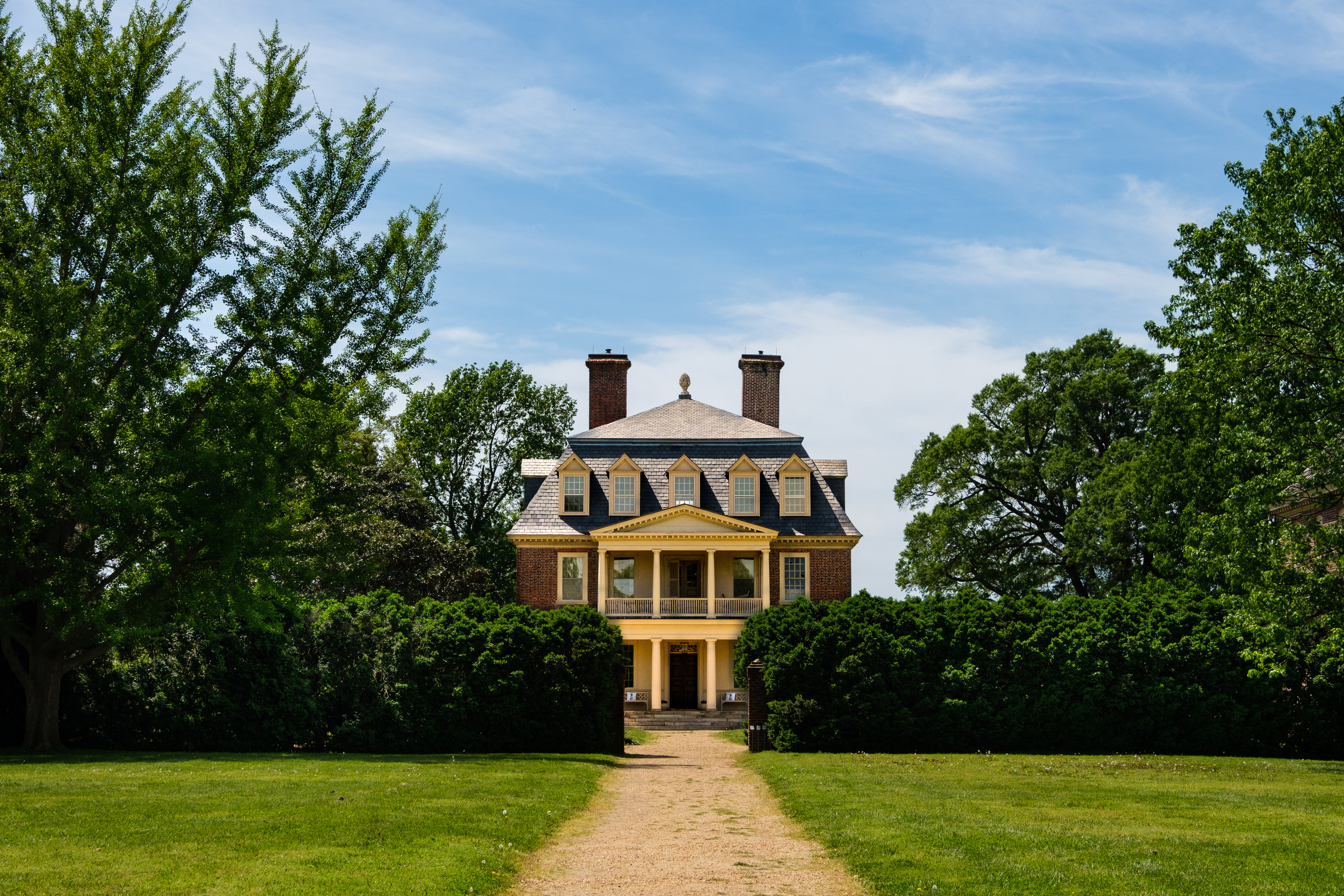
On Virginia State Route 5 (James River Byway) - Shirley Plantation (1738), Charles City County, Virginia

On Virginia State Route 5 (James River Byway) - Shirley Plantation (1738), Charles City County, Virginia
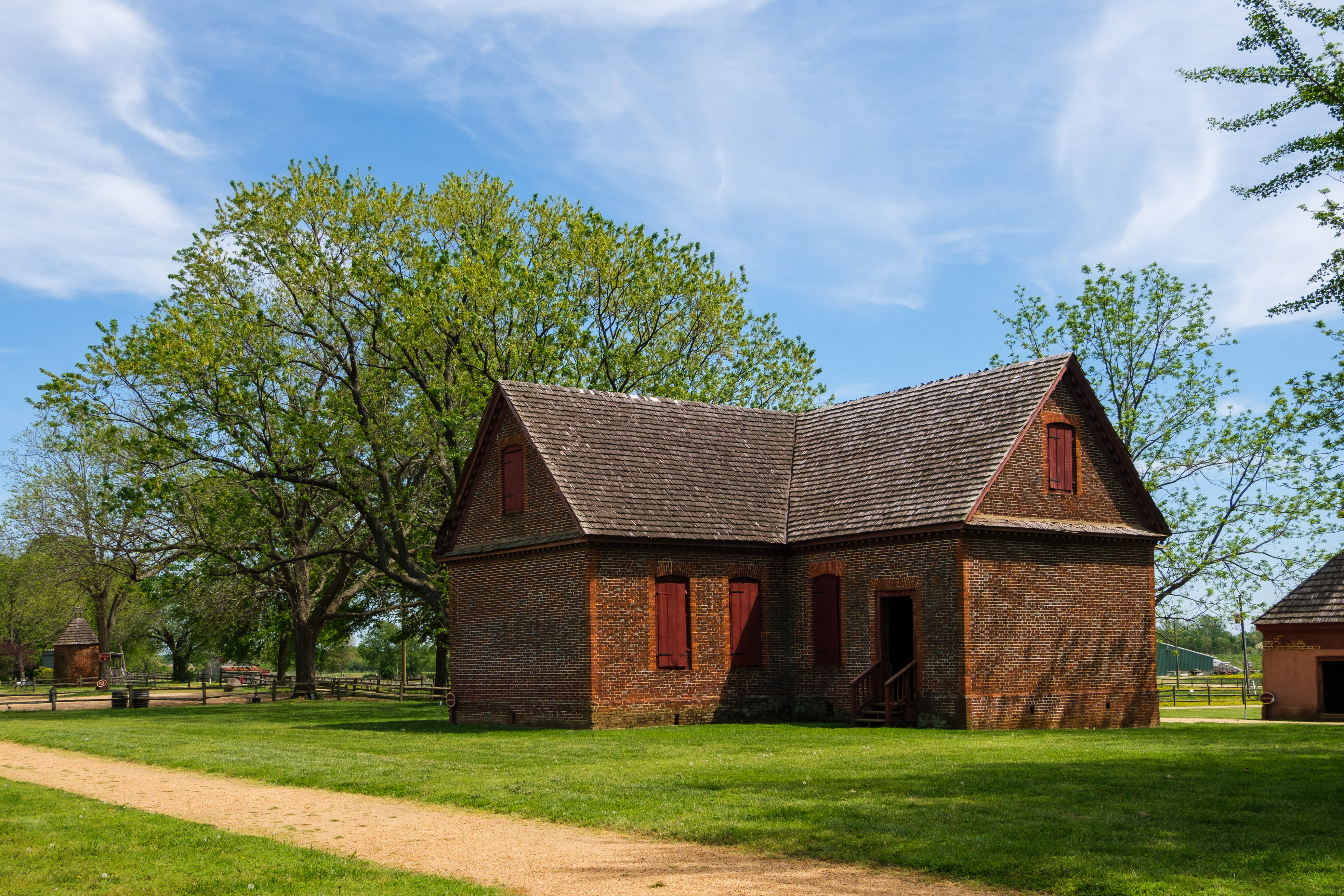
On Virginia State Route 5 (James River Byway) - Shirley Plantation (1738), Charles City County, Virginia

On Virginia State Route 5 (James River Byway) - Shirley Plantation (1738), Charles City County, Virginia
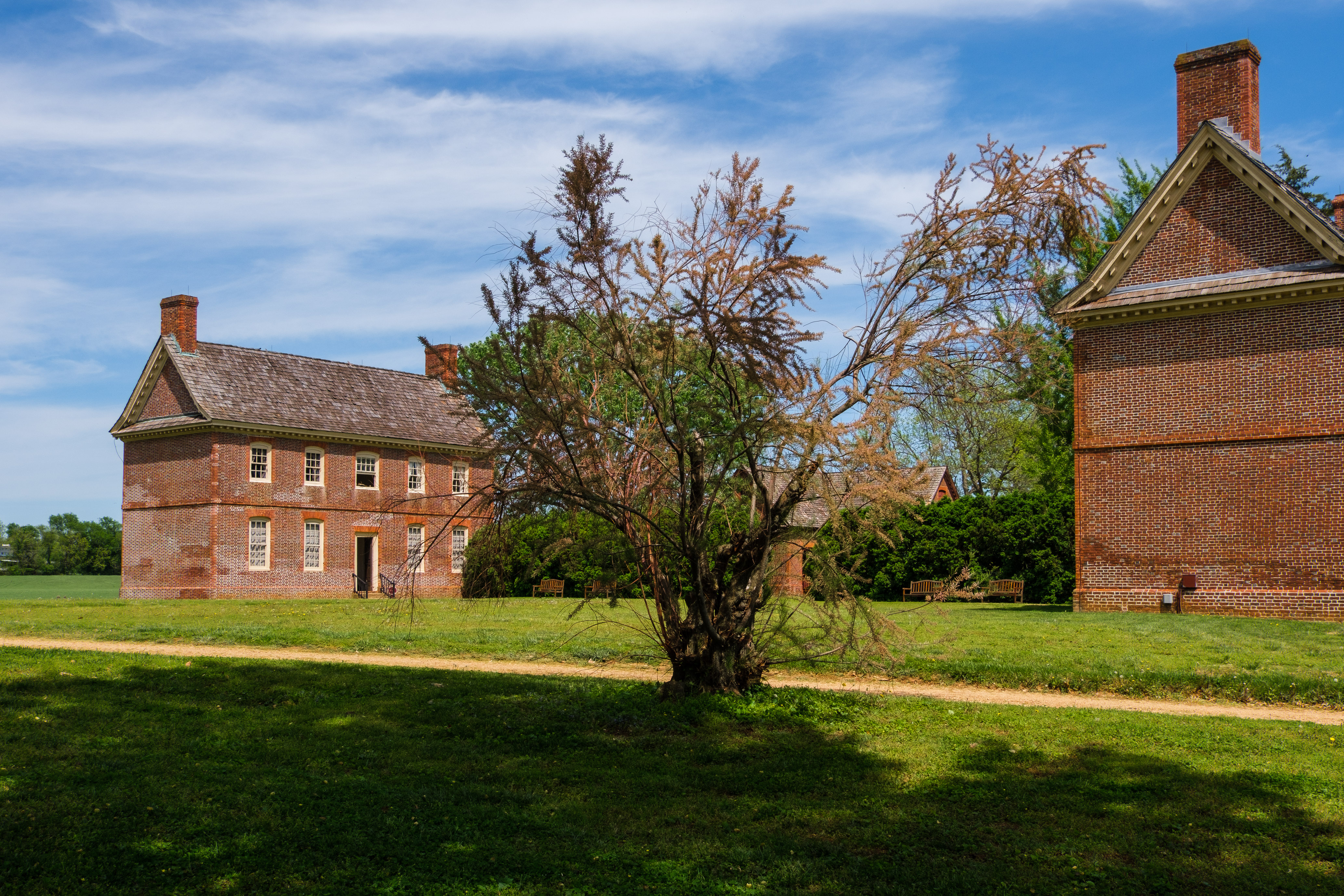
On Virginia State Route 5 (James River Byway) - Shirley Plantation (1738), Charles City County, Virginia

On Virginia State Route 5 (James River Byway) - Shirley Plantation (1738), Charles City County, Virginia


